I do not literally paint that table, but the emotion it produces upon me.
Henri Matisse was a French painter famous for his bold use of colour and shape to express his emotions. The work of Matisse was a focus to teach students about an artistic movement that shares and evokes emotions.
Room 13 watched videos of the picture books Matisse’s Garden and When Picasso met Matisse and discussed the colours and shapes that Matisse used throughout his career.
We learnt about Matisse and the patterns, colours and flowers he created.
Matisse painted many still life compositions - often featuring vases of flowers or plants. Room 13 worked to create a three-sided vase showcasing three different Matisse inspired designs.
We used dye, crayons, painting and cutting shapes out to make our Matisse vases.
Matisse’s still life work
Students studied examples of his work, discussing his use of colour and shape. Then a still life composition was introduced for them to create a Matisse inspired representation of. Interesting challenge in perspective.
Lots of “we can’t draw that!” and “that’s too hard to draw!” were heard around the room. When the students were reminded that each of these items were simple shapes they were keen to get going and sketch out the still life.
Students studied examples of his work and discussed the key features of his works. The students also spent time sketching 3D shapes in order to be able to draw still life items that were proportionally correct.
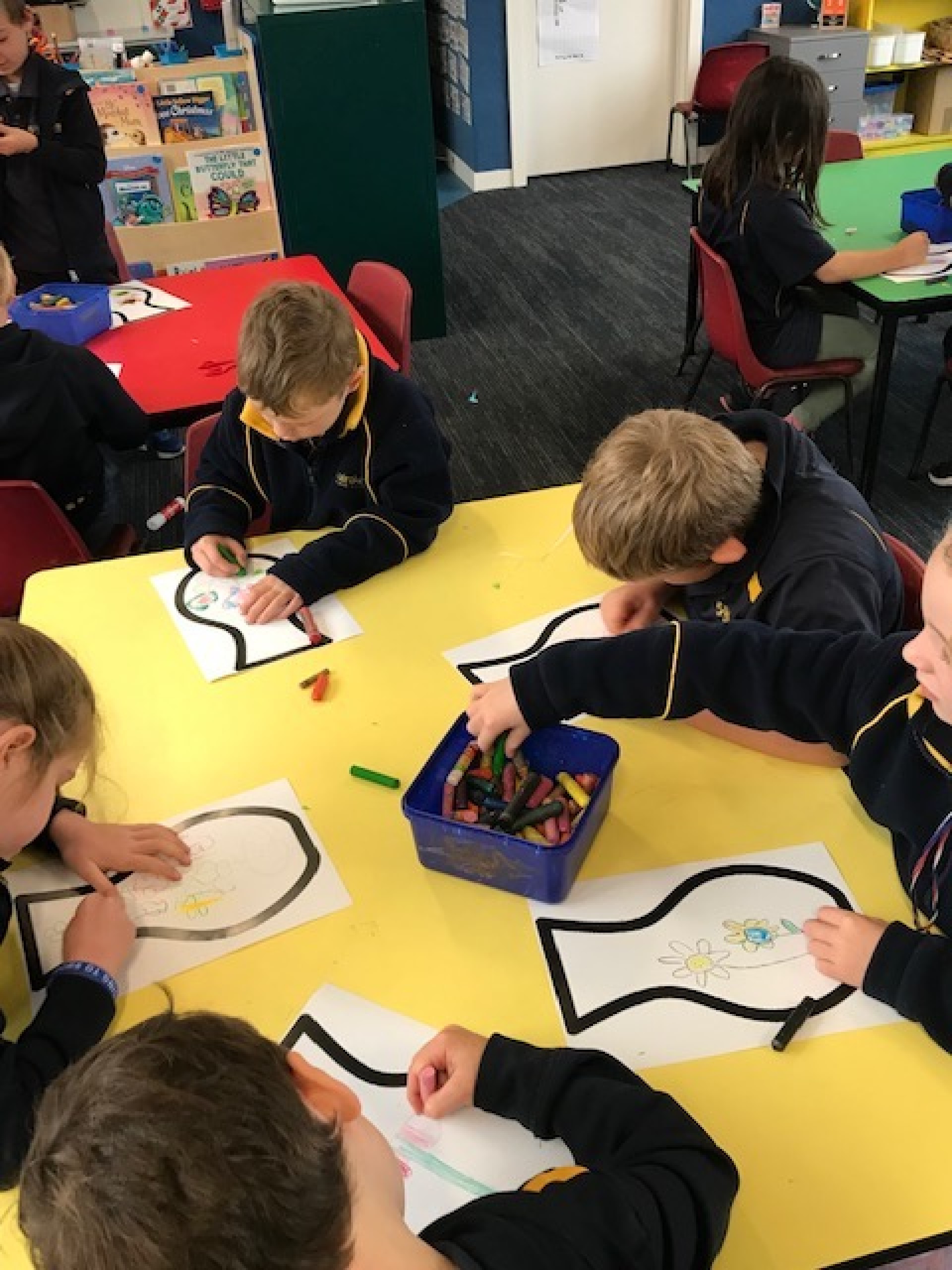
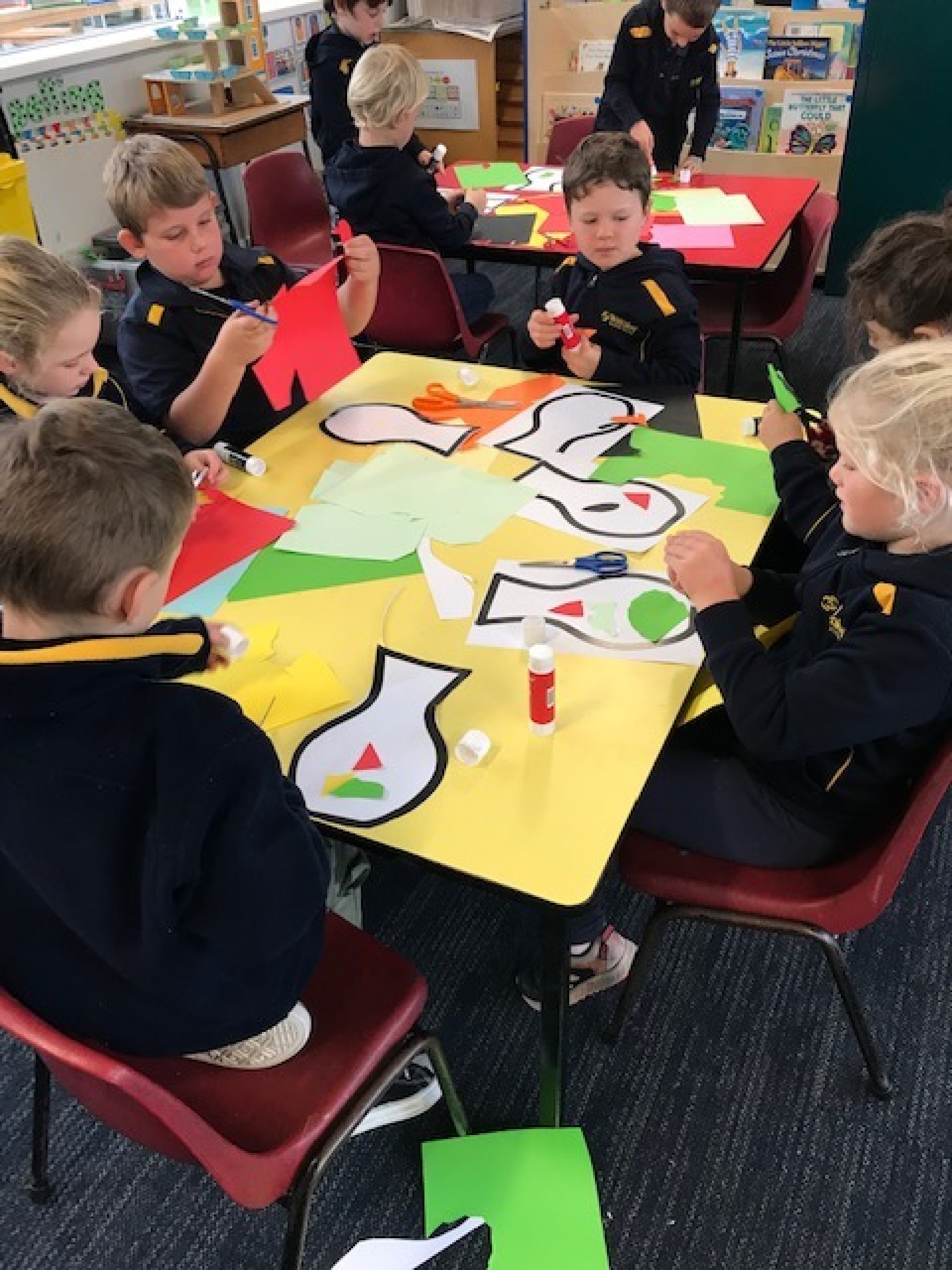
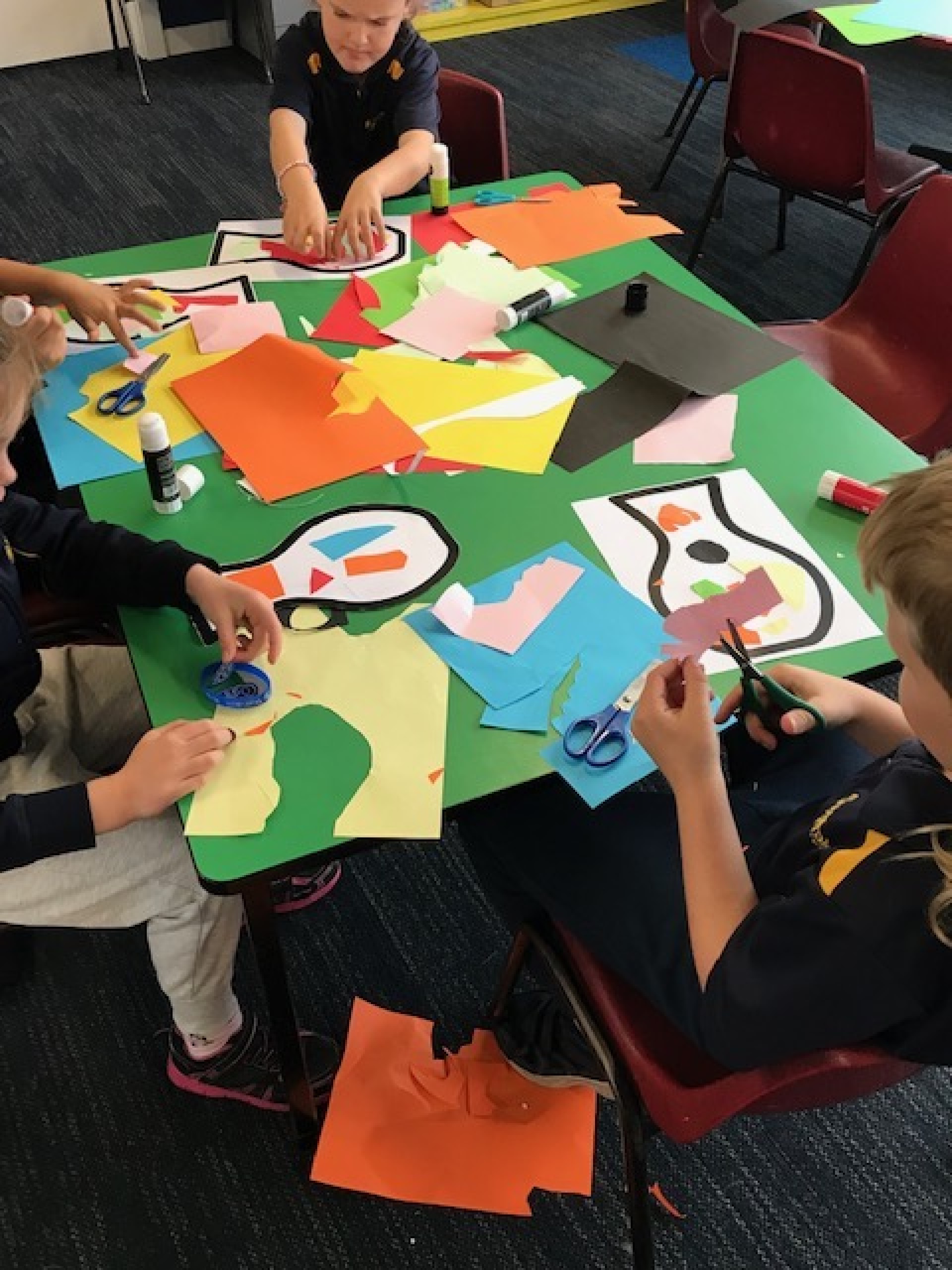
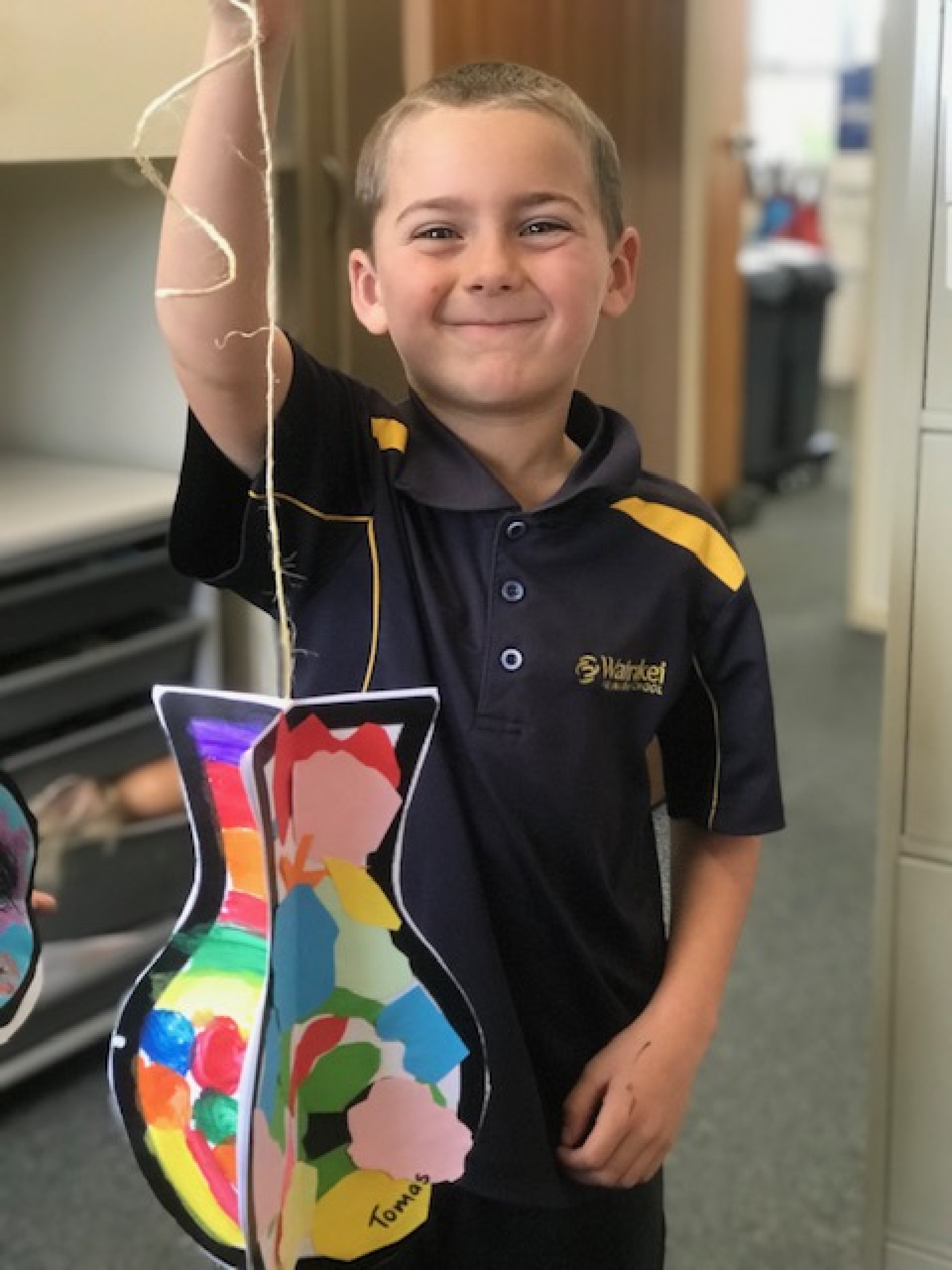
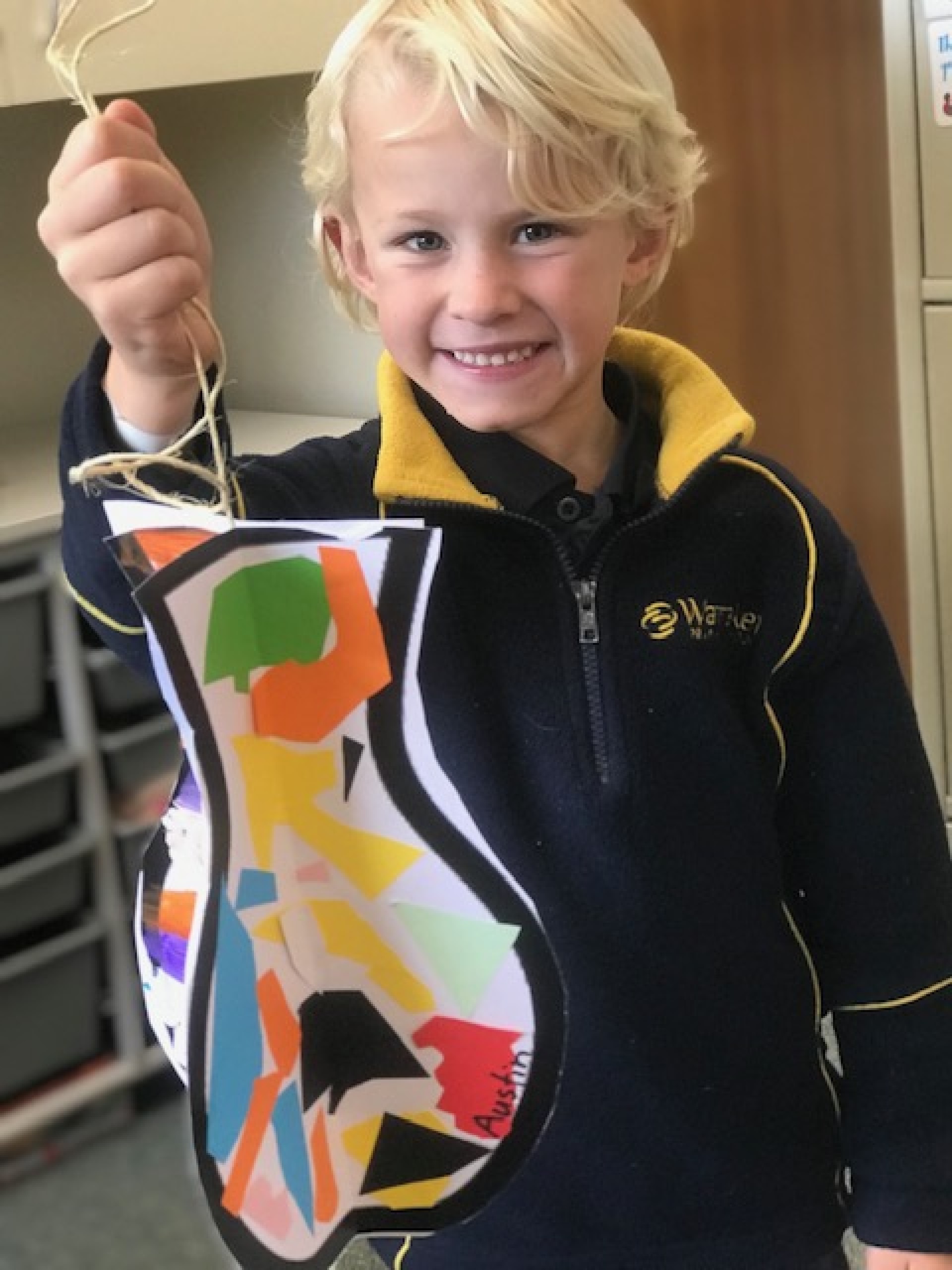
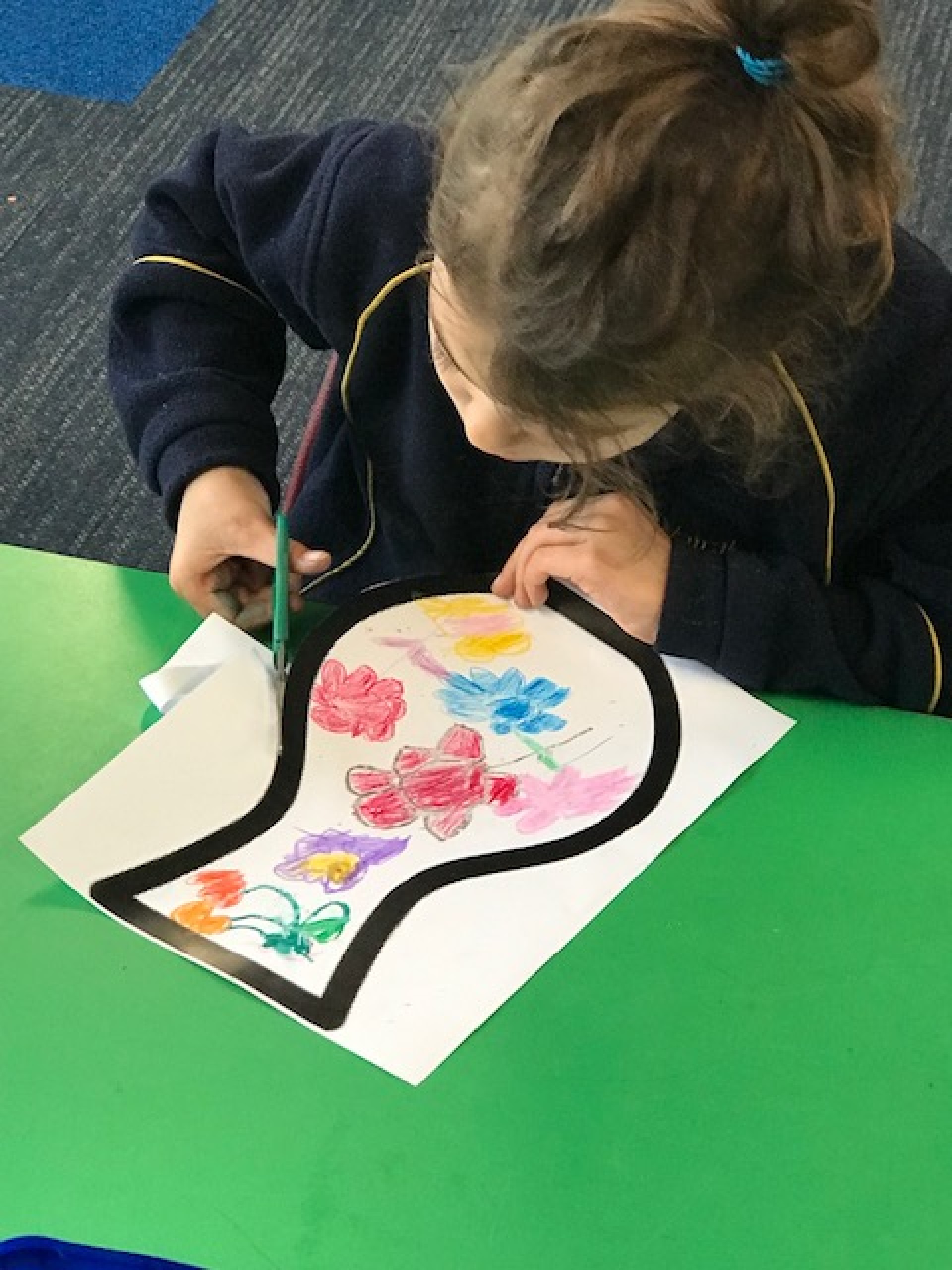
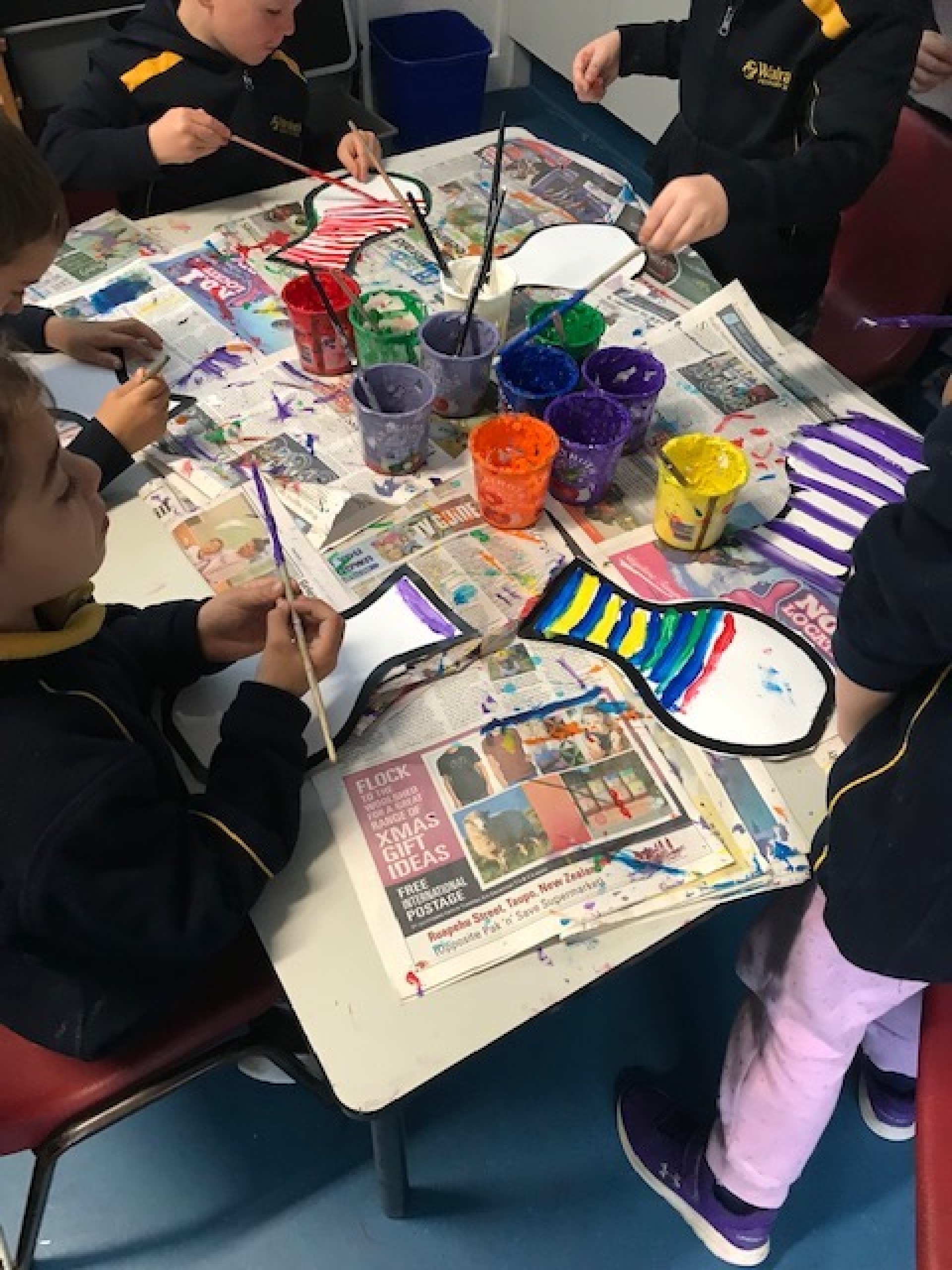
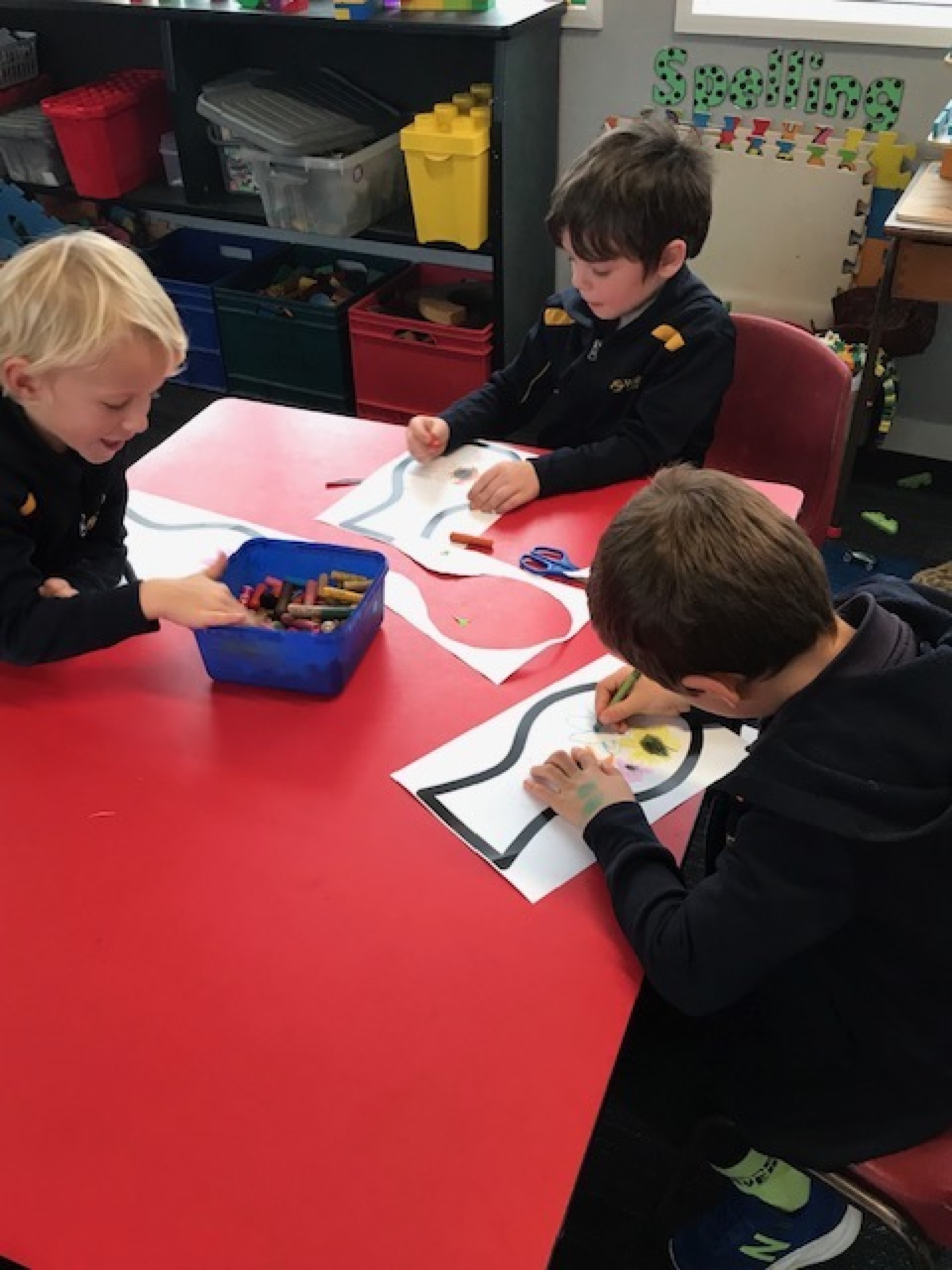


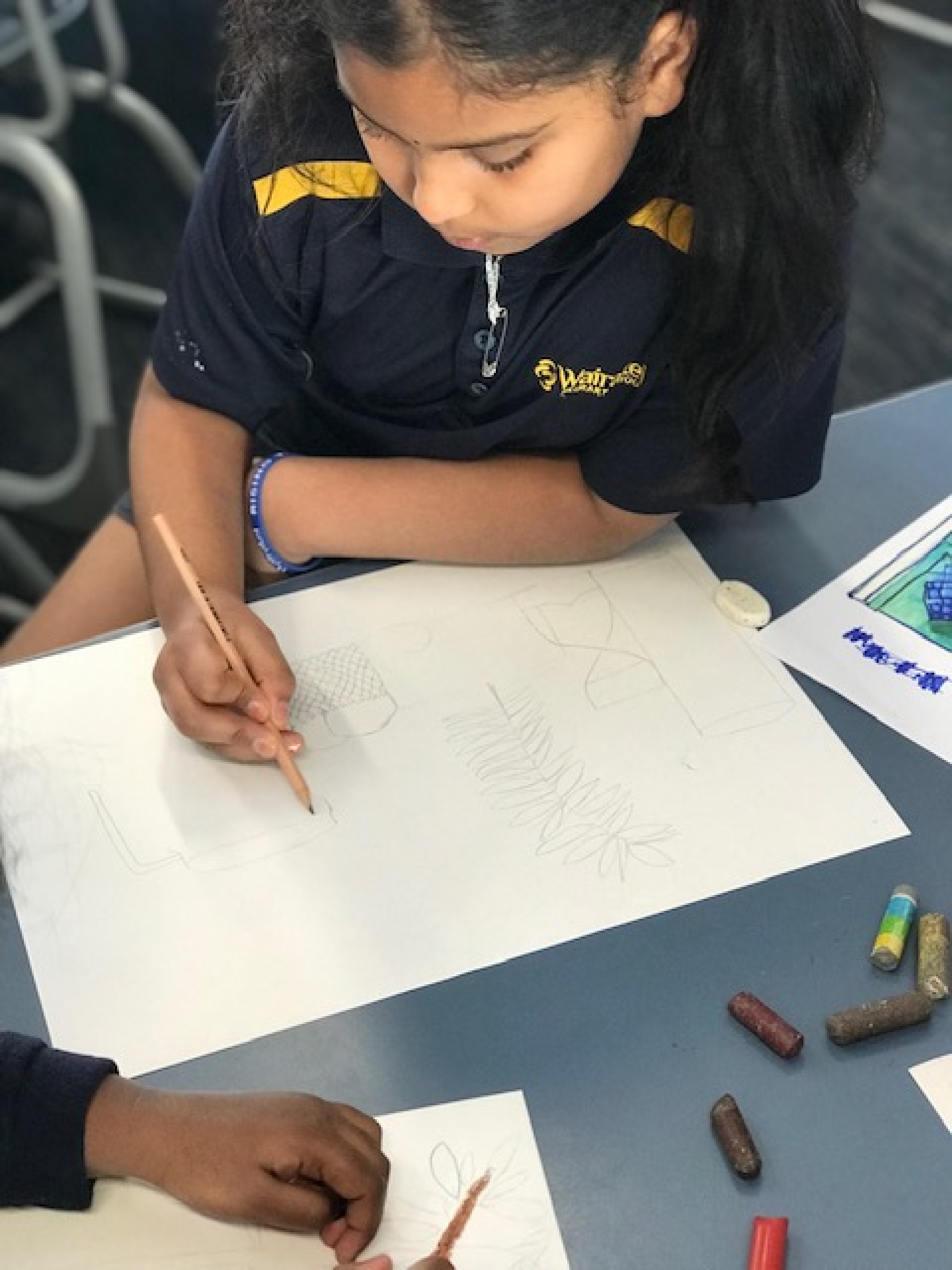
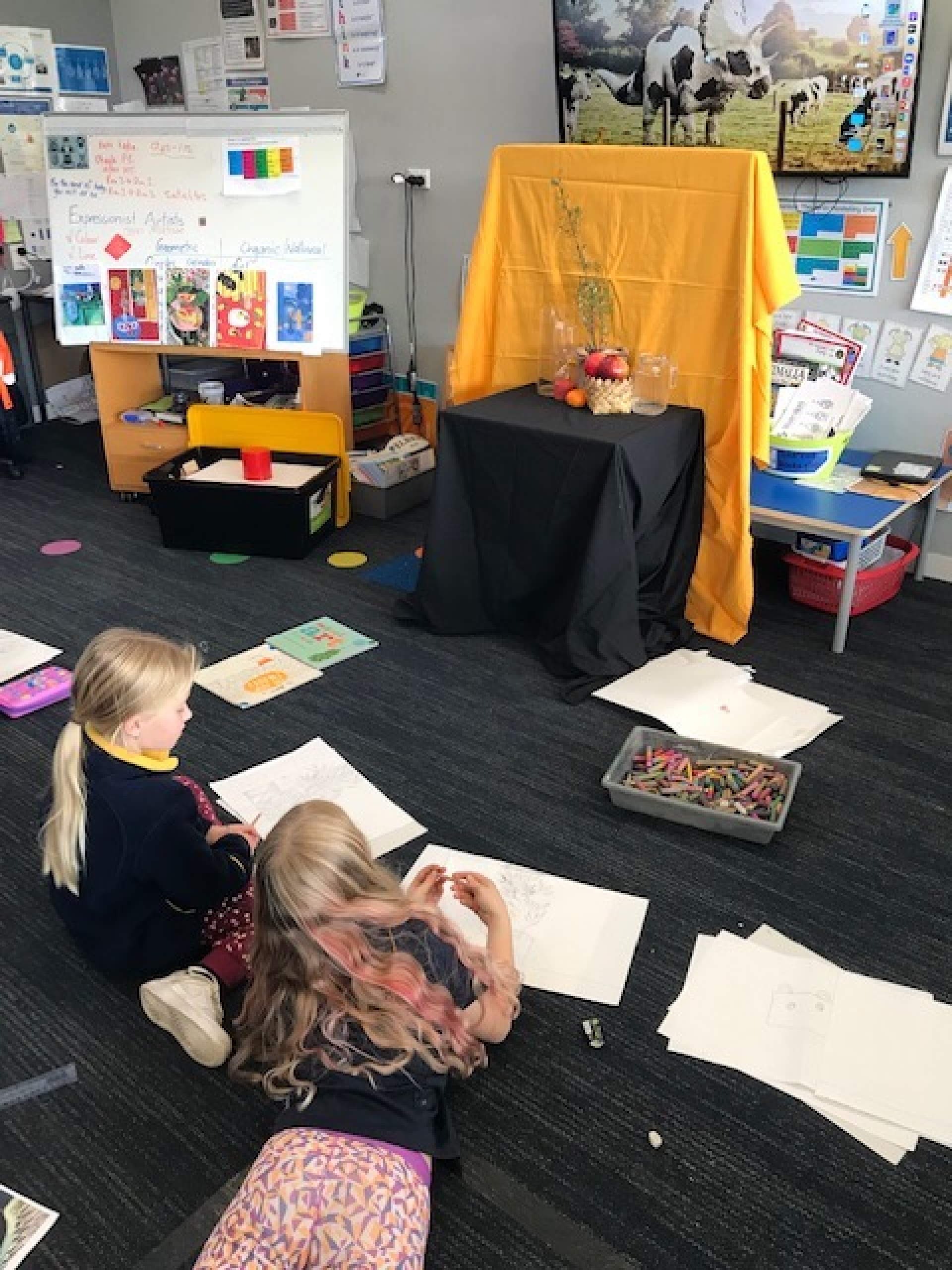
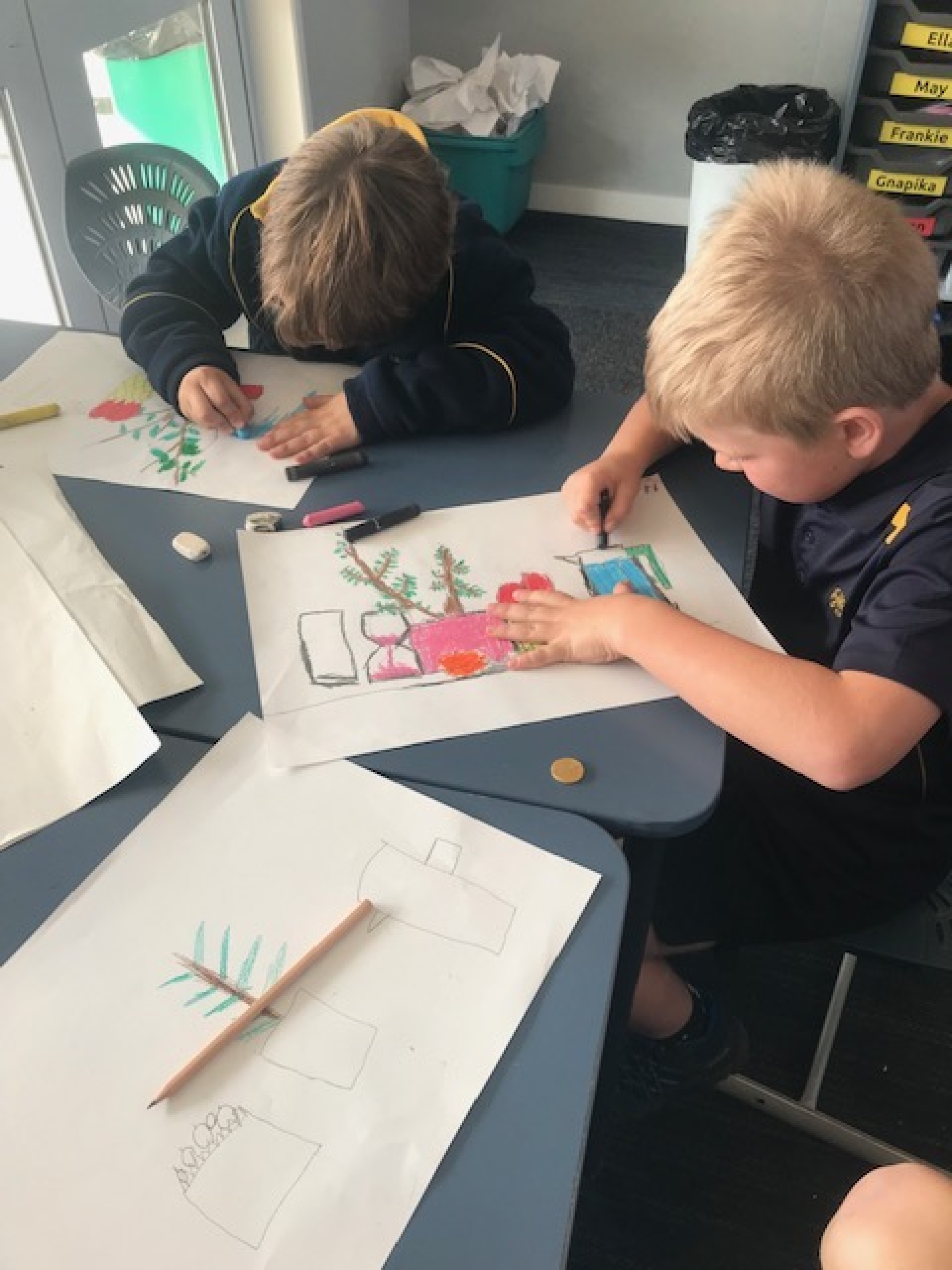

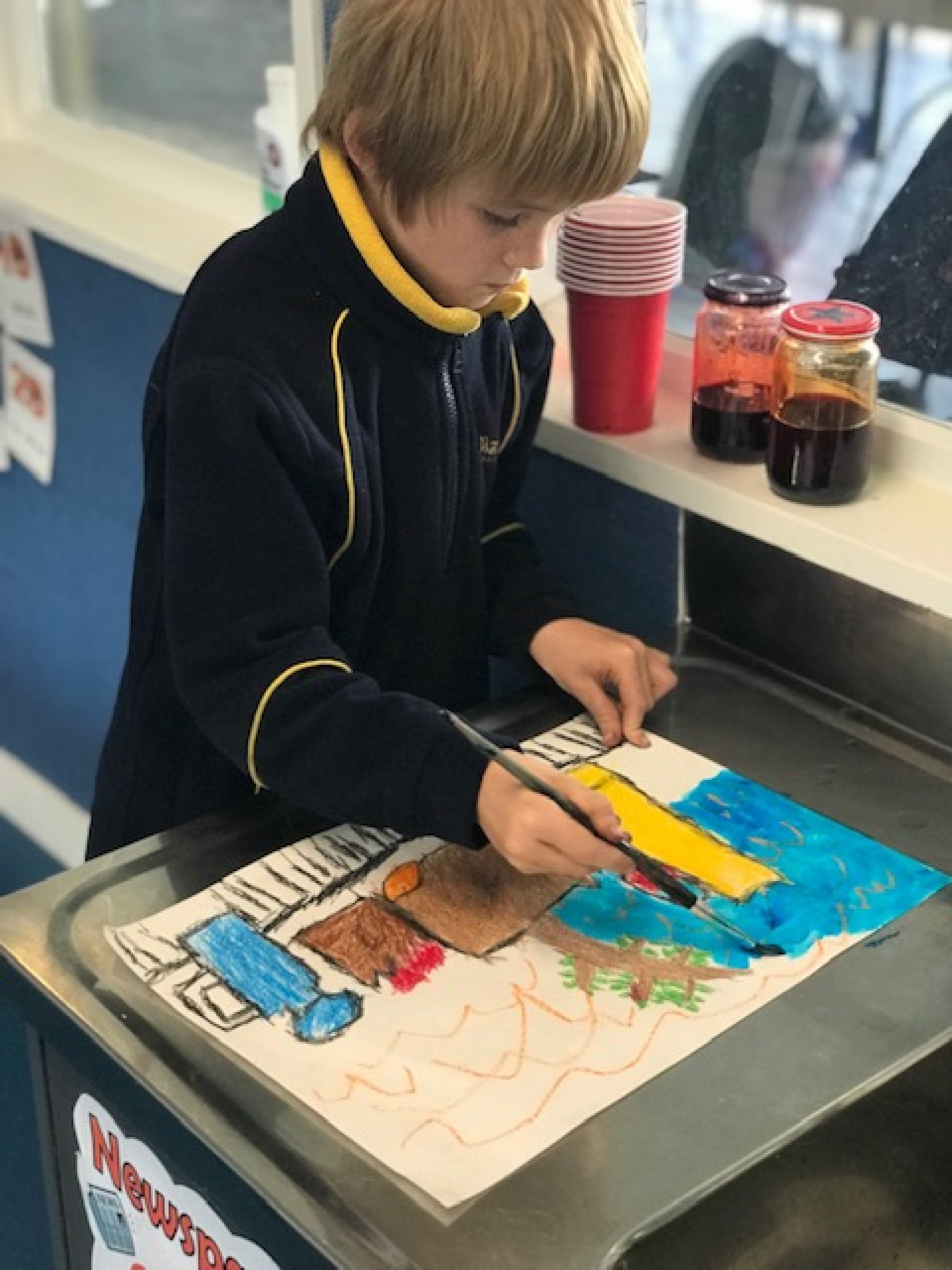
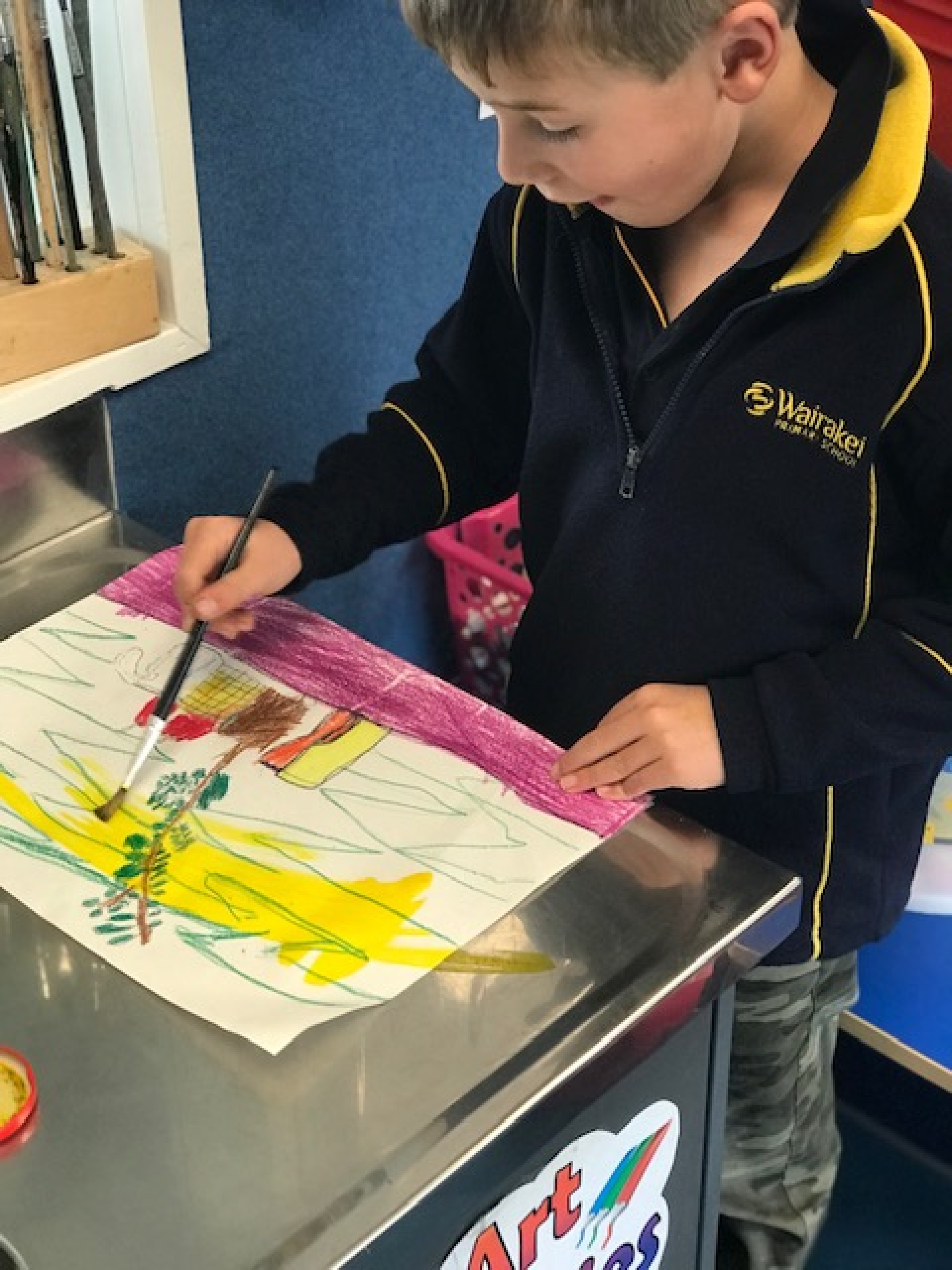
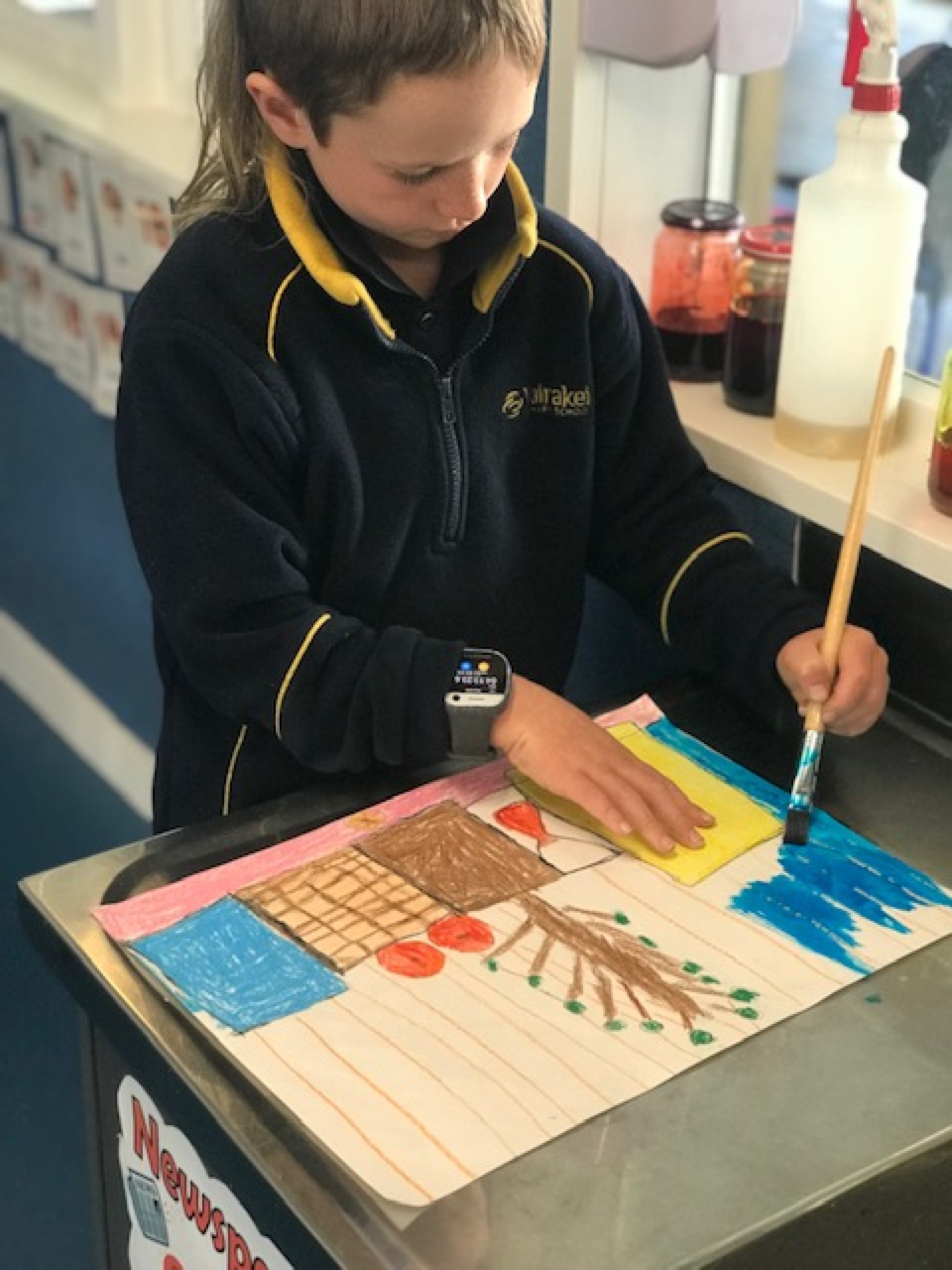
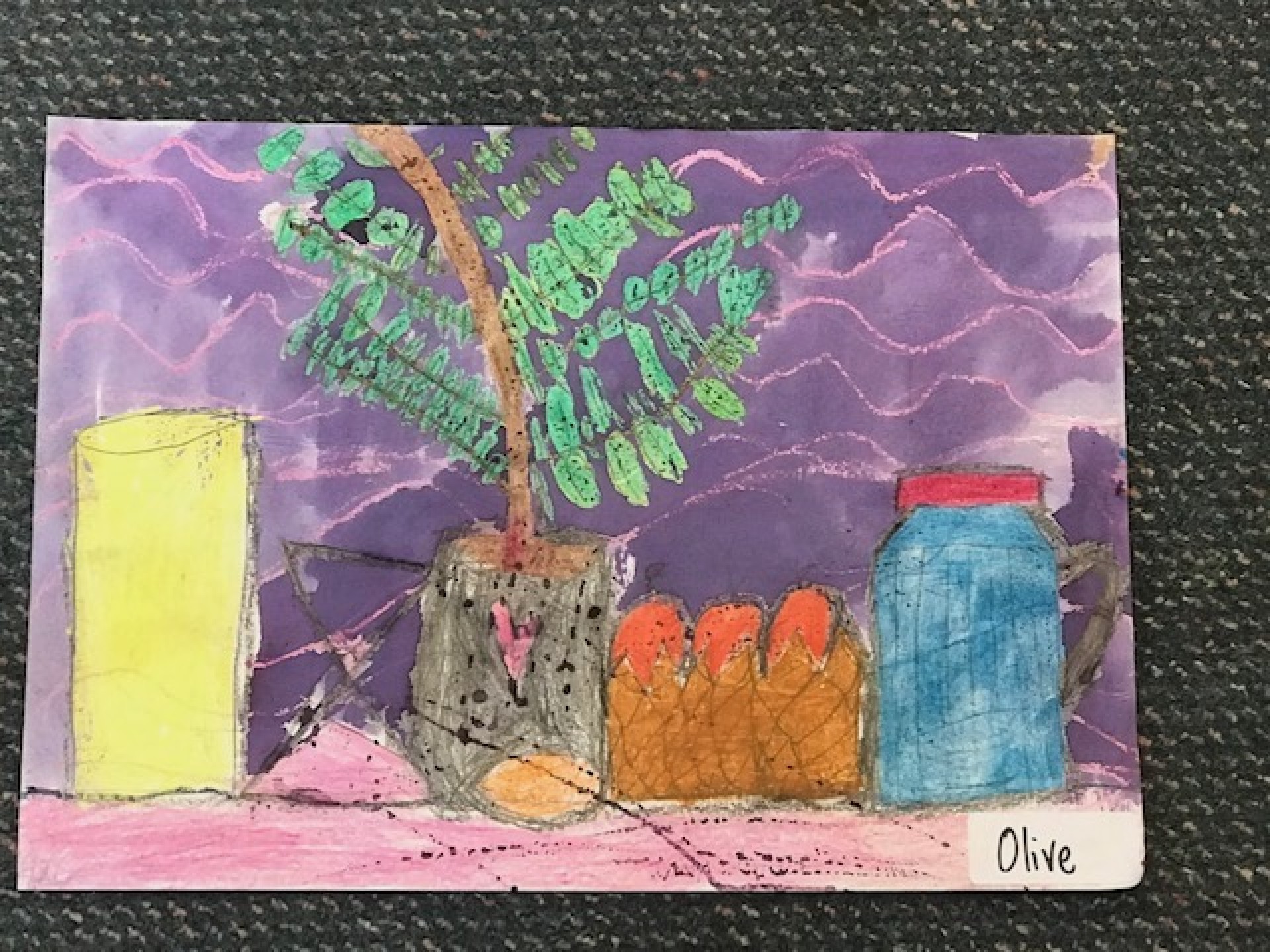
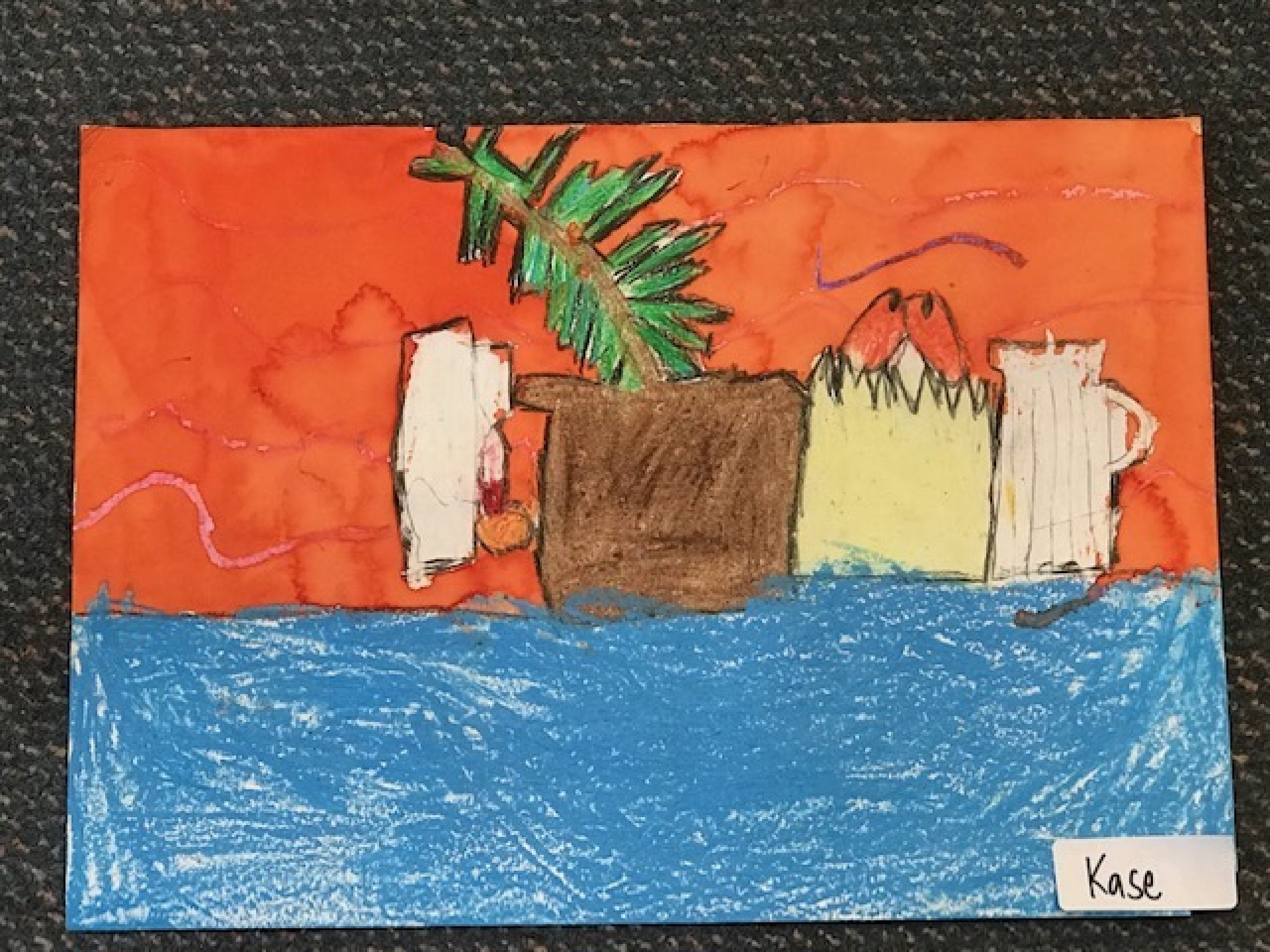
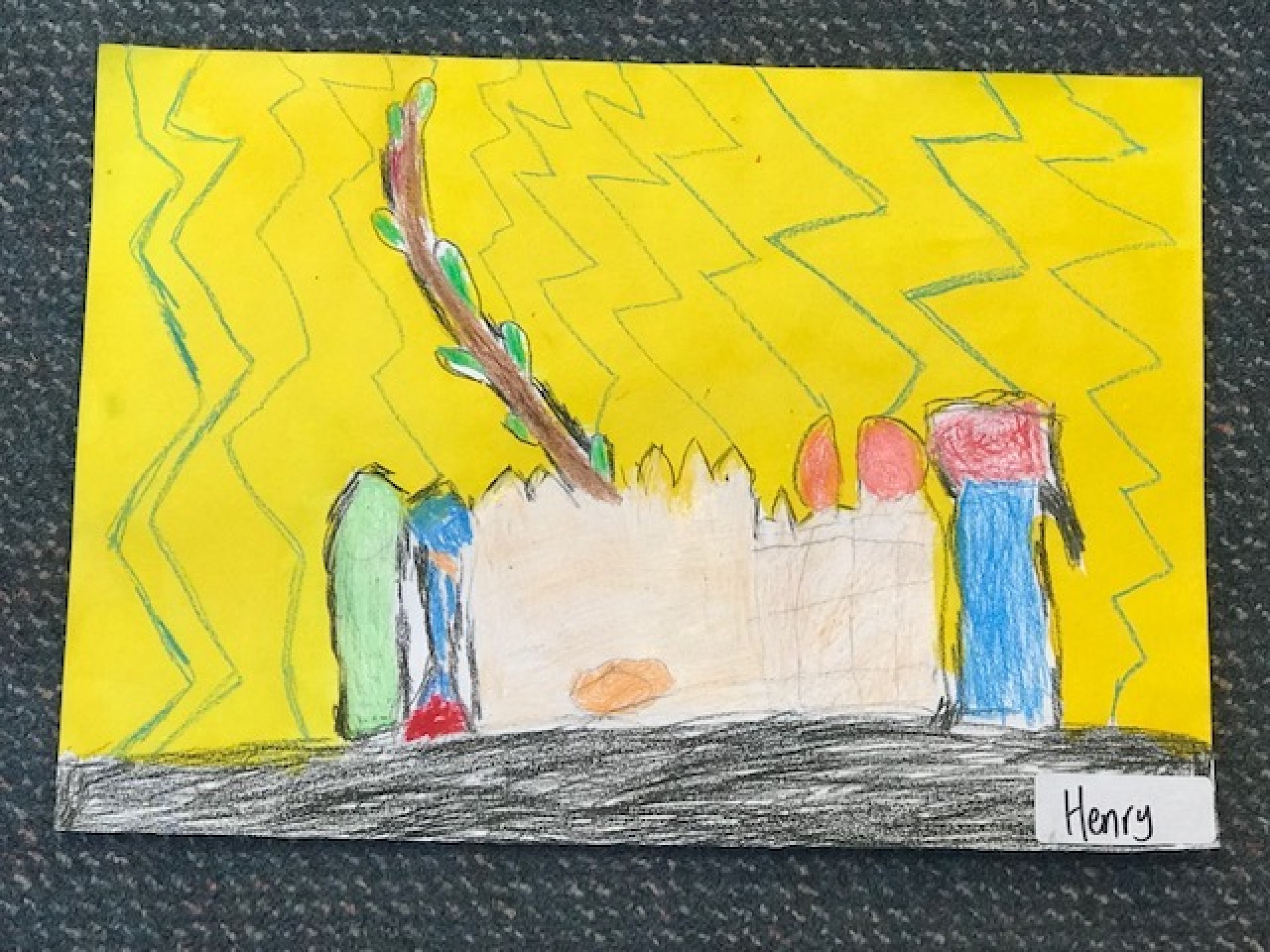
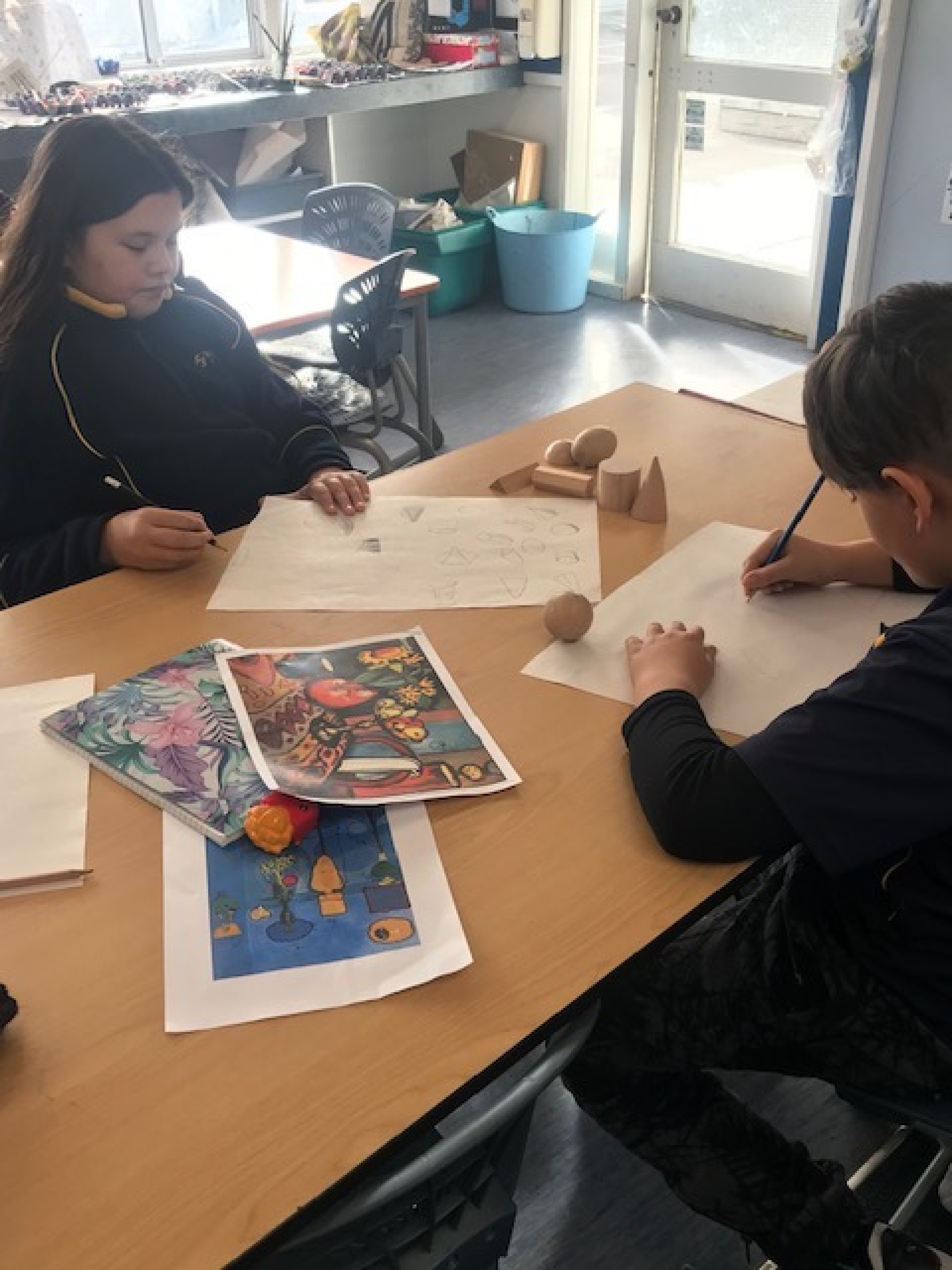
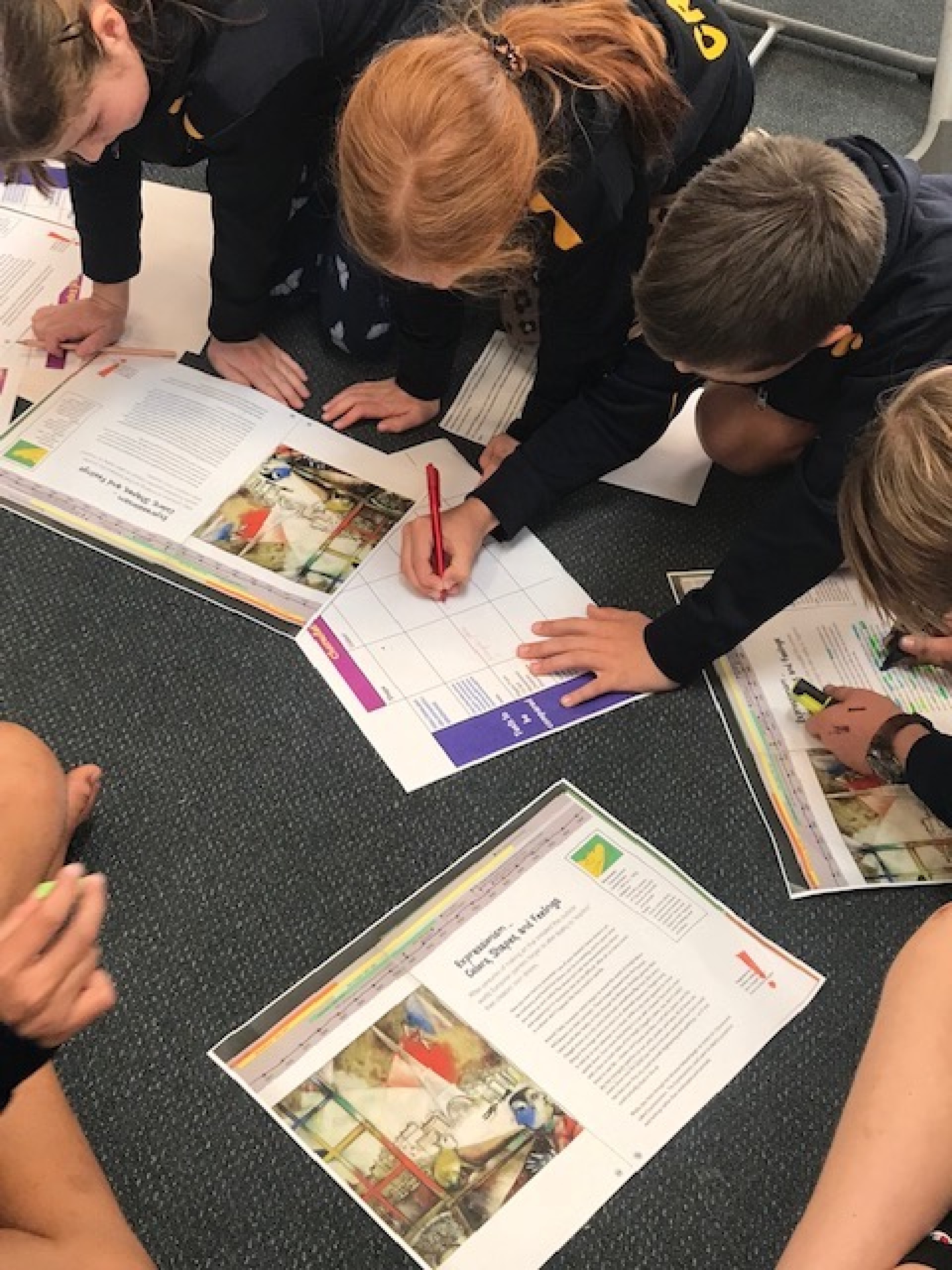
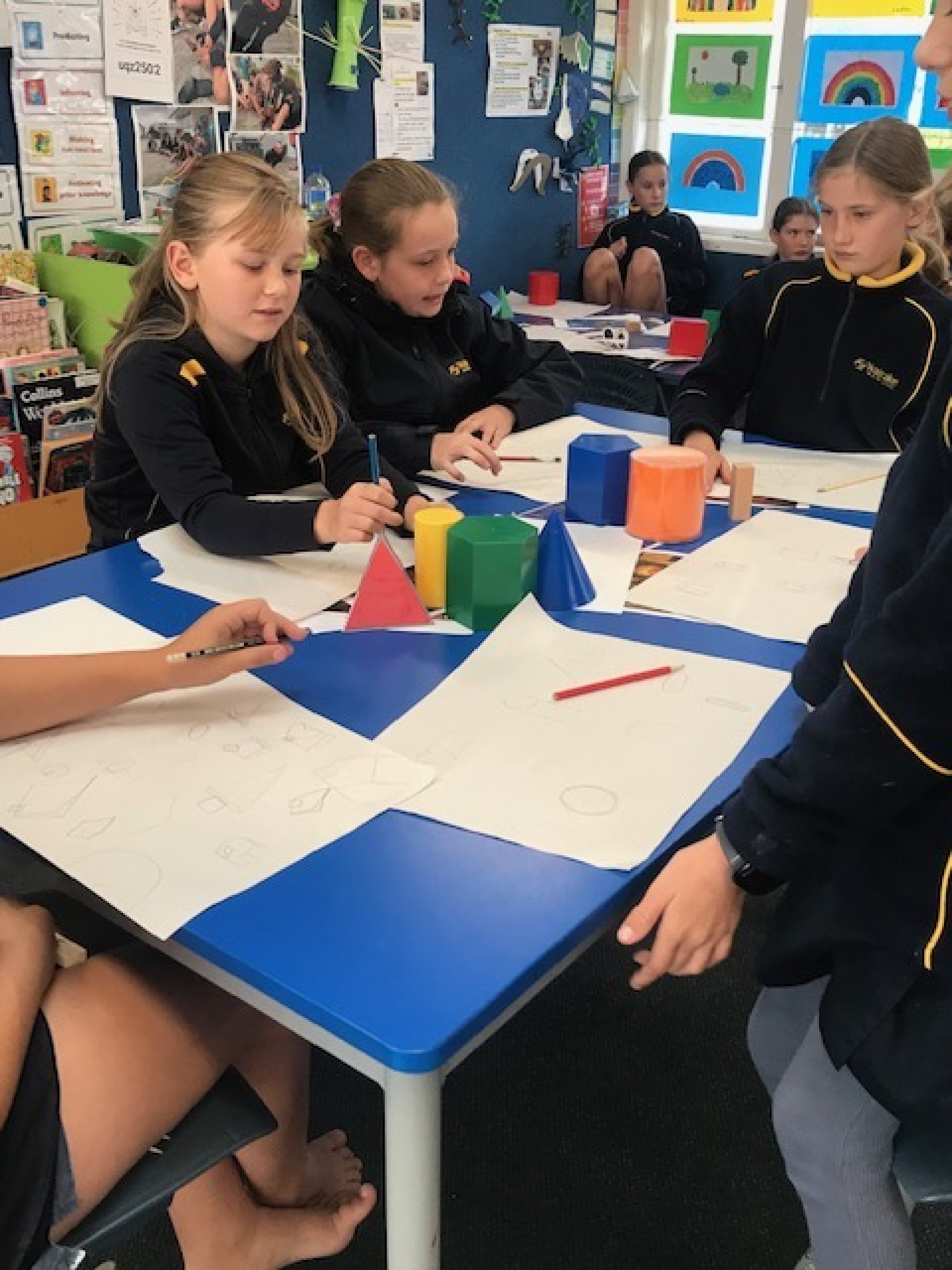

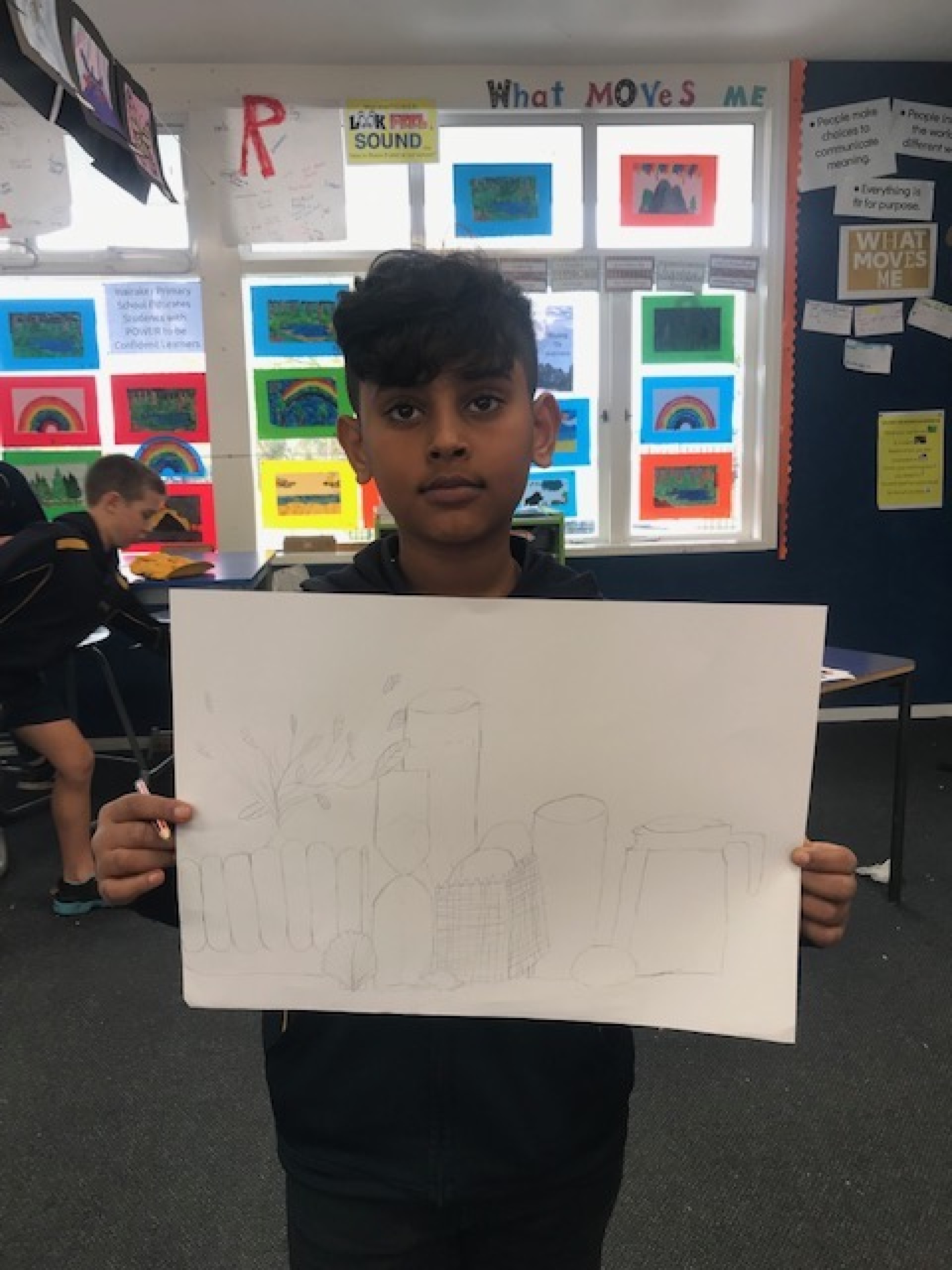
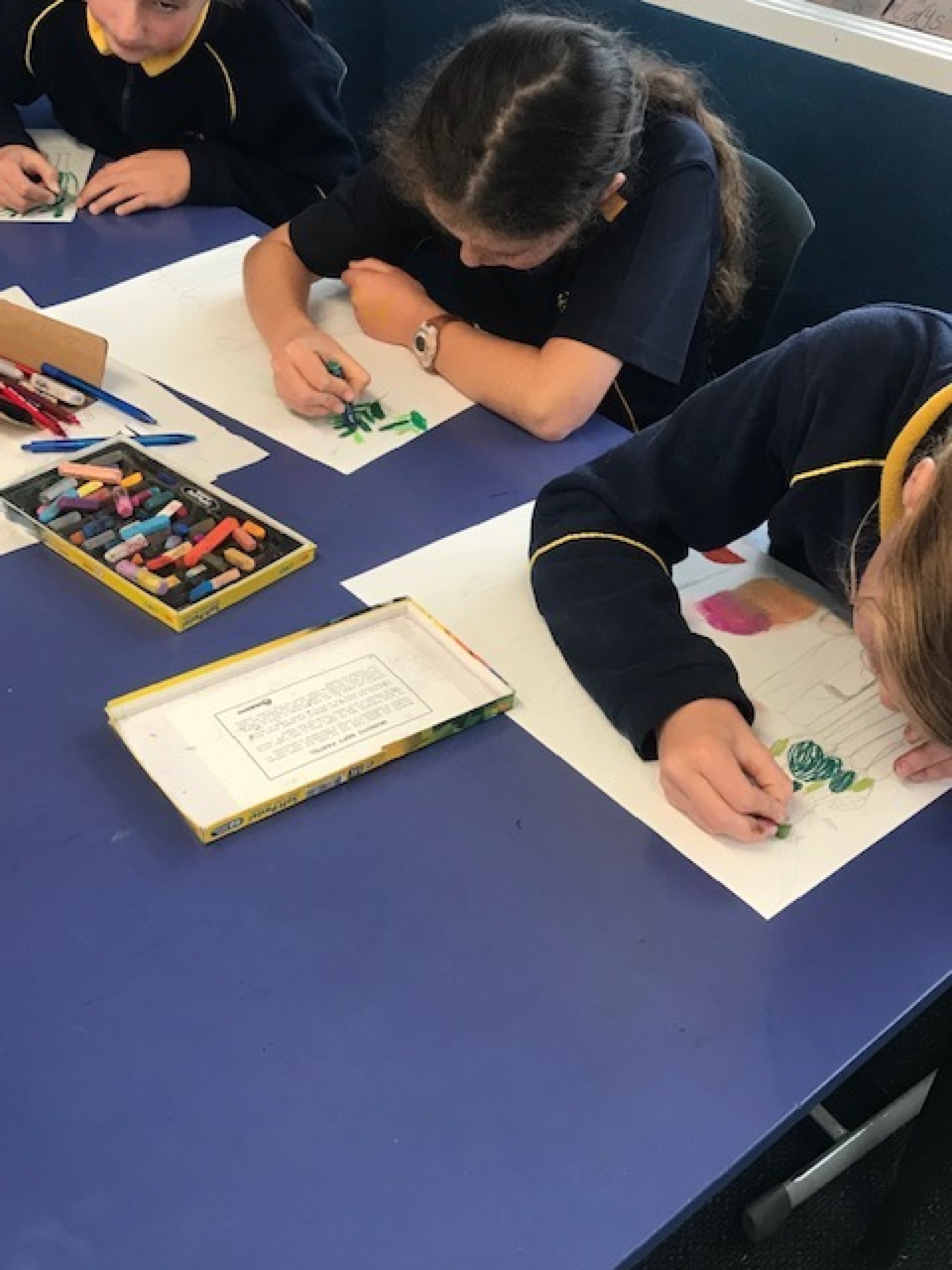
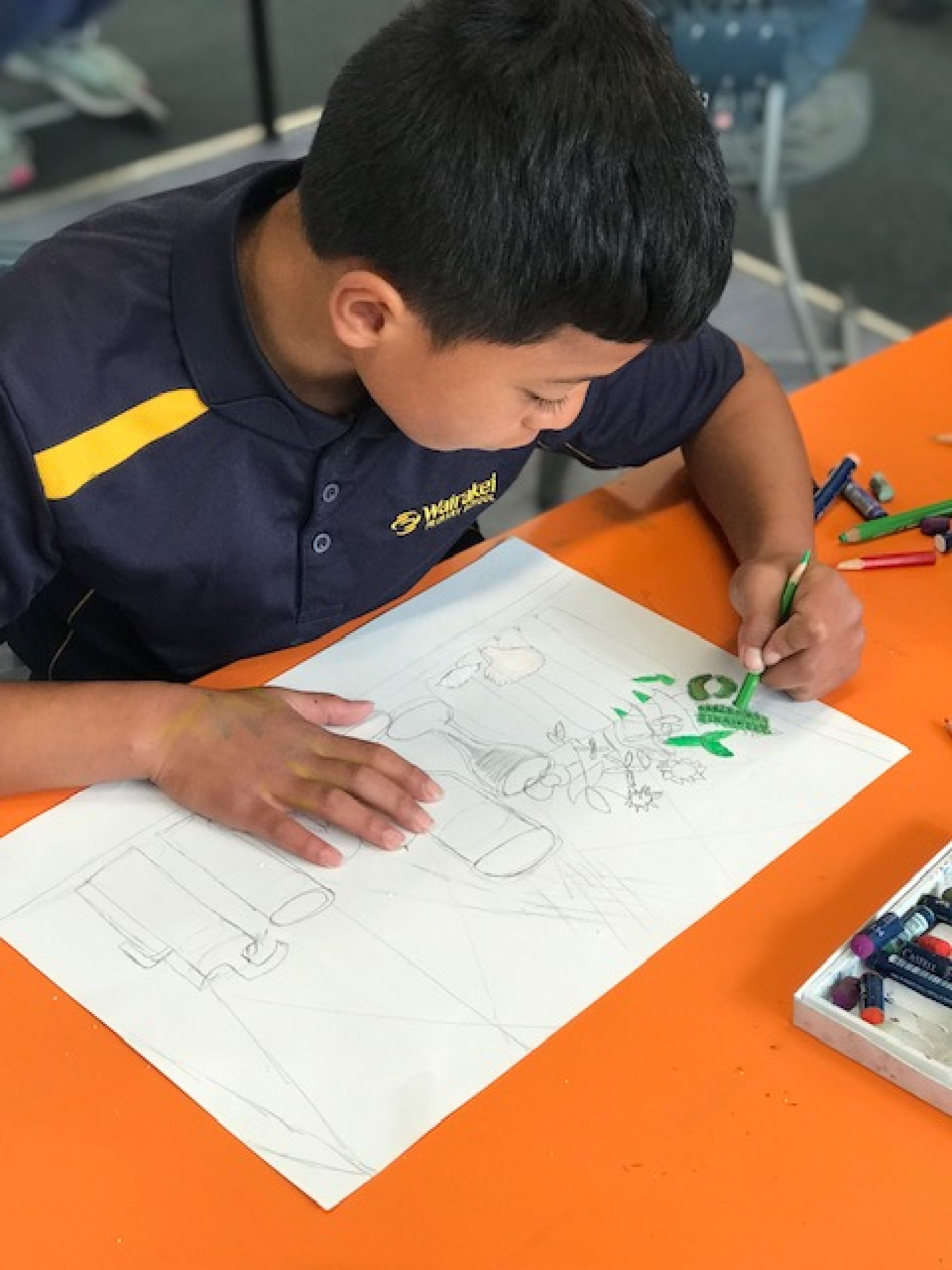
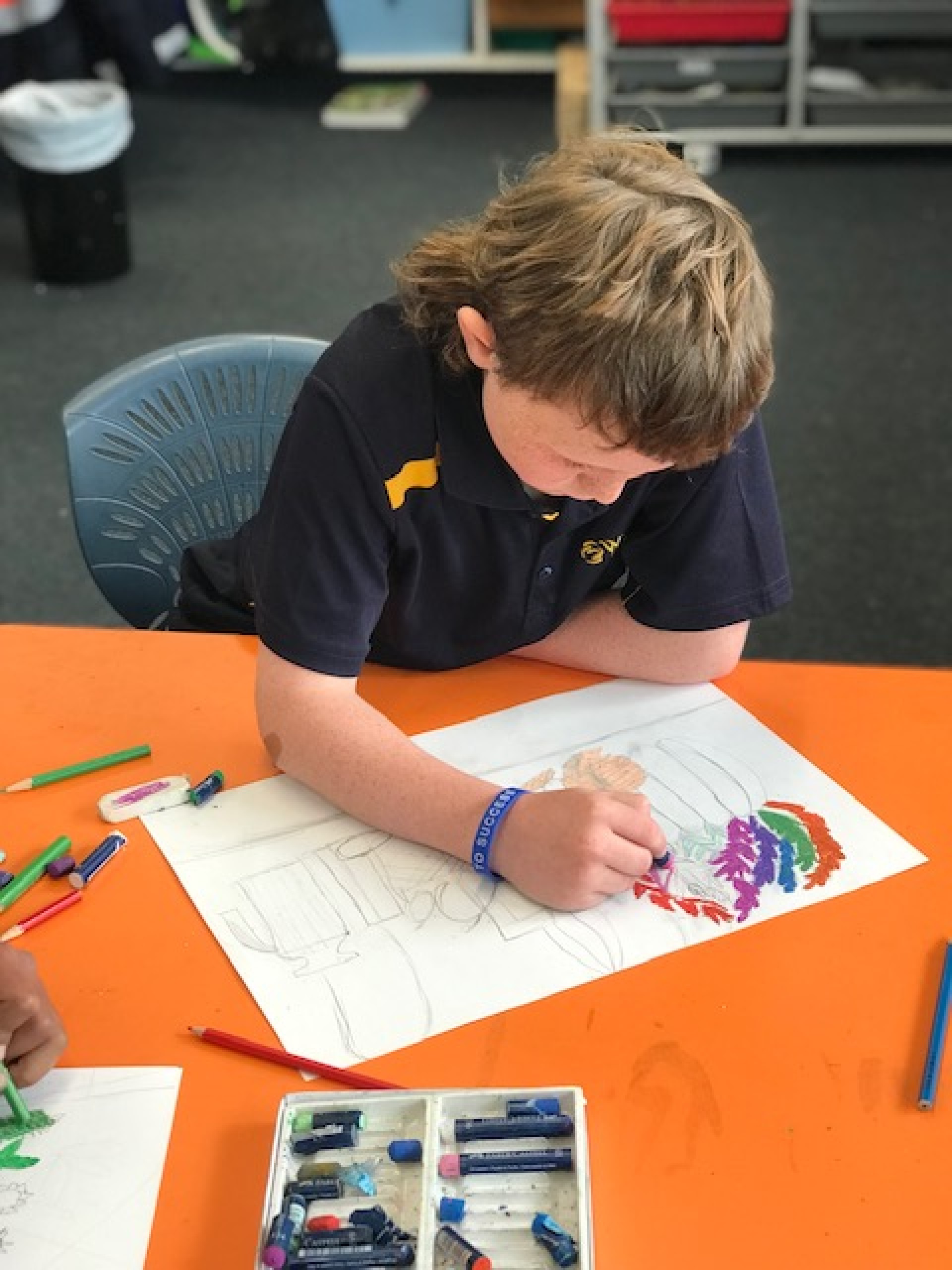
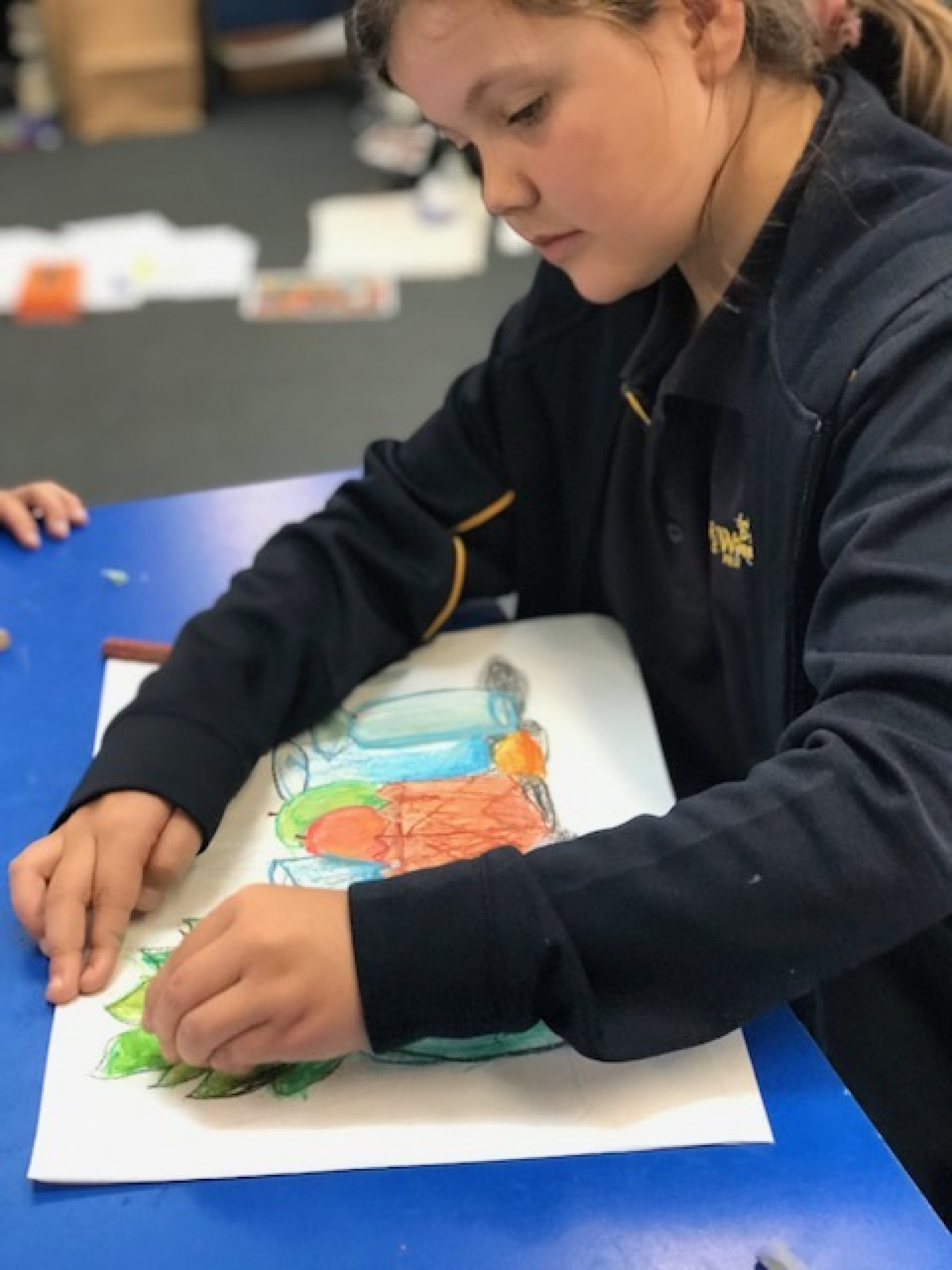
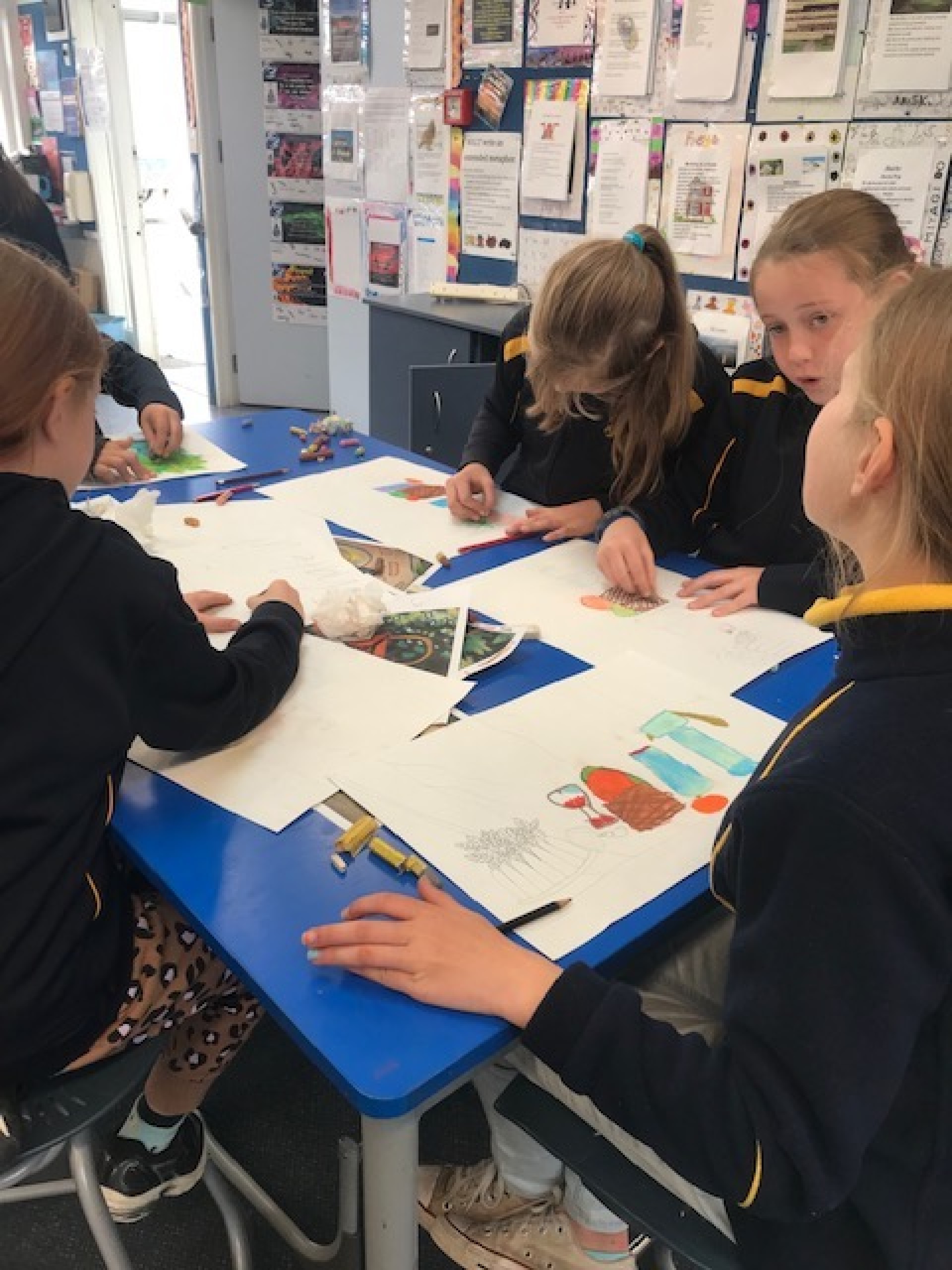
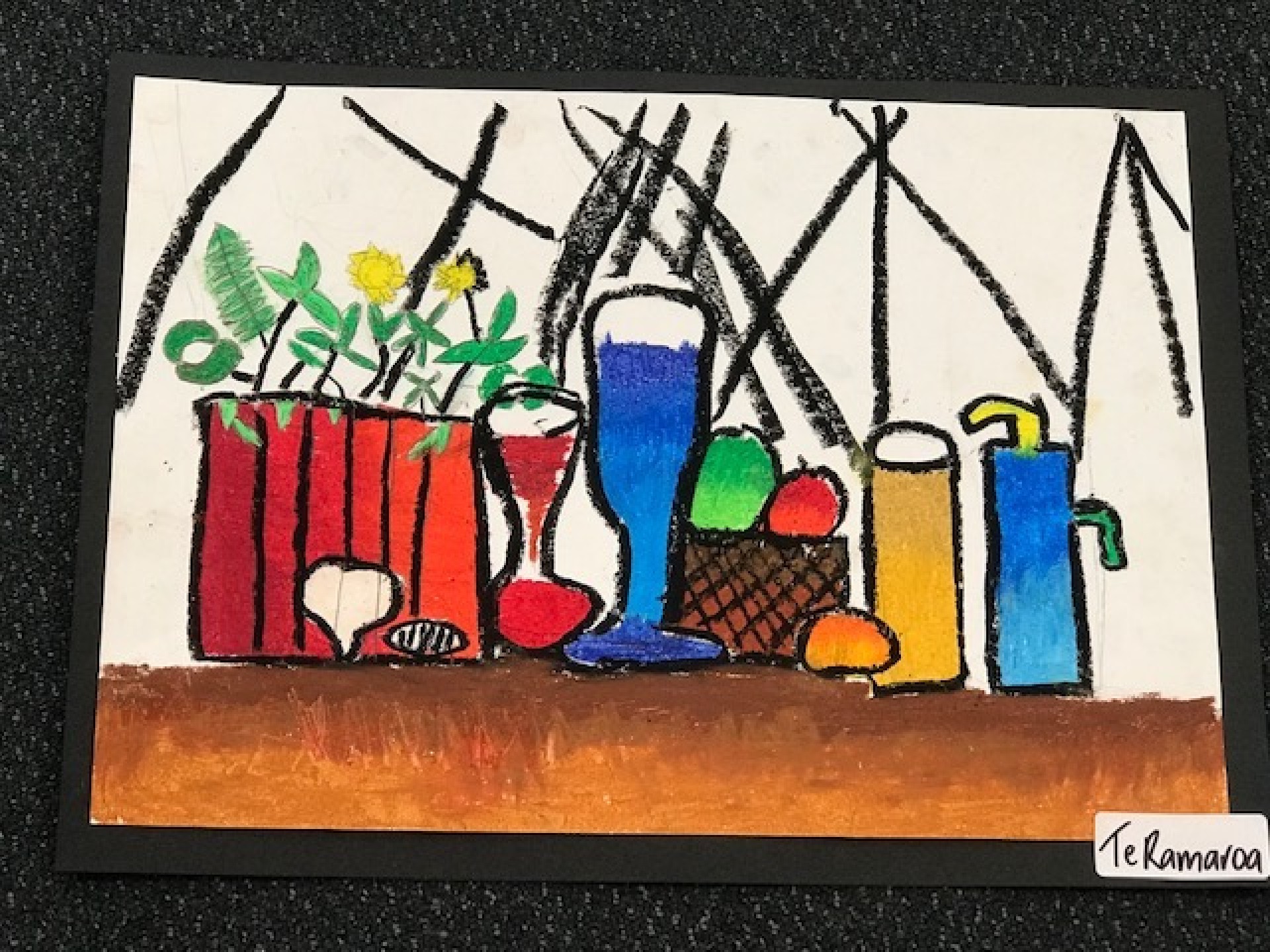
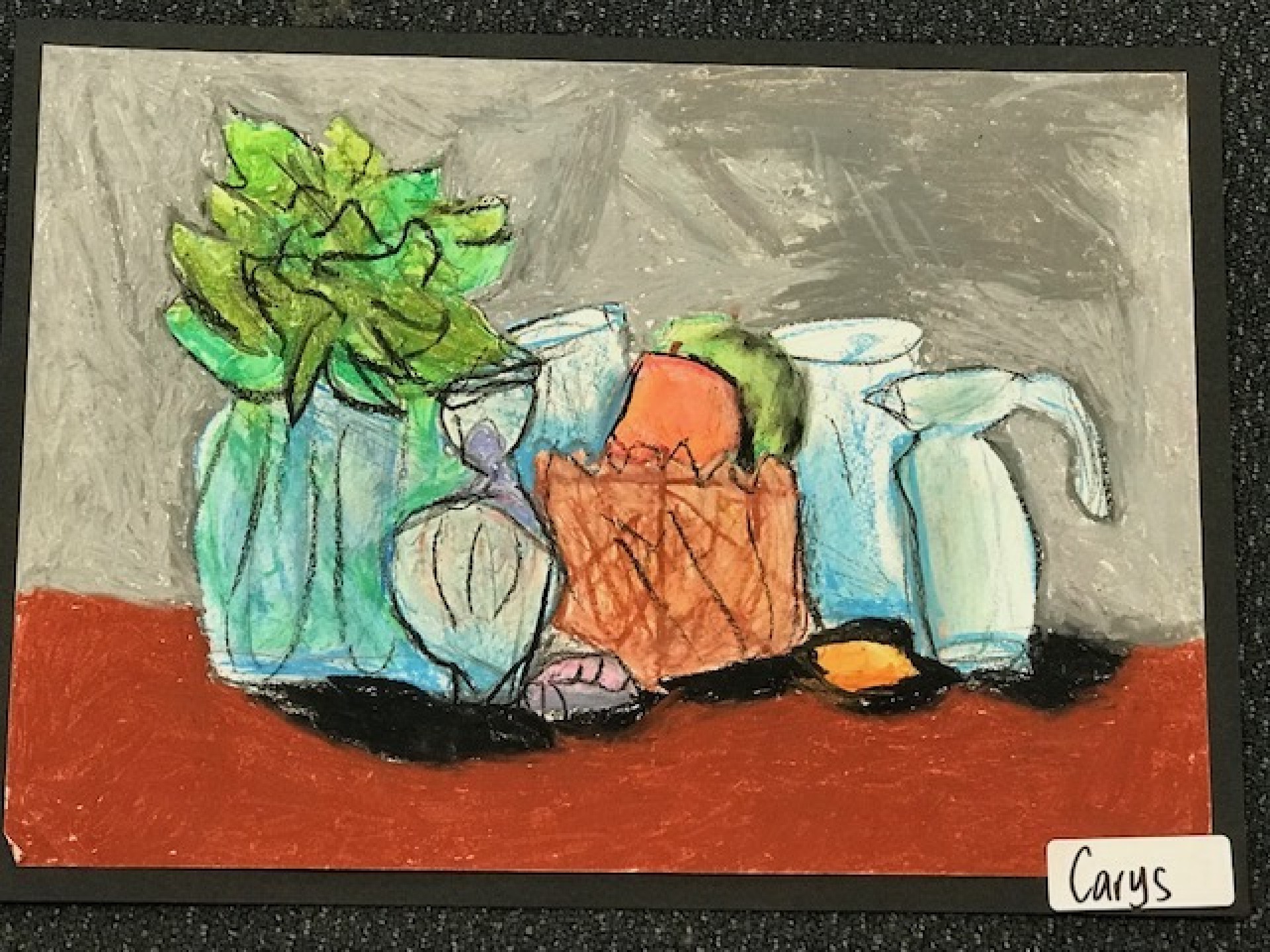
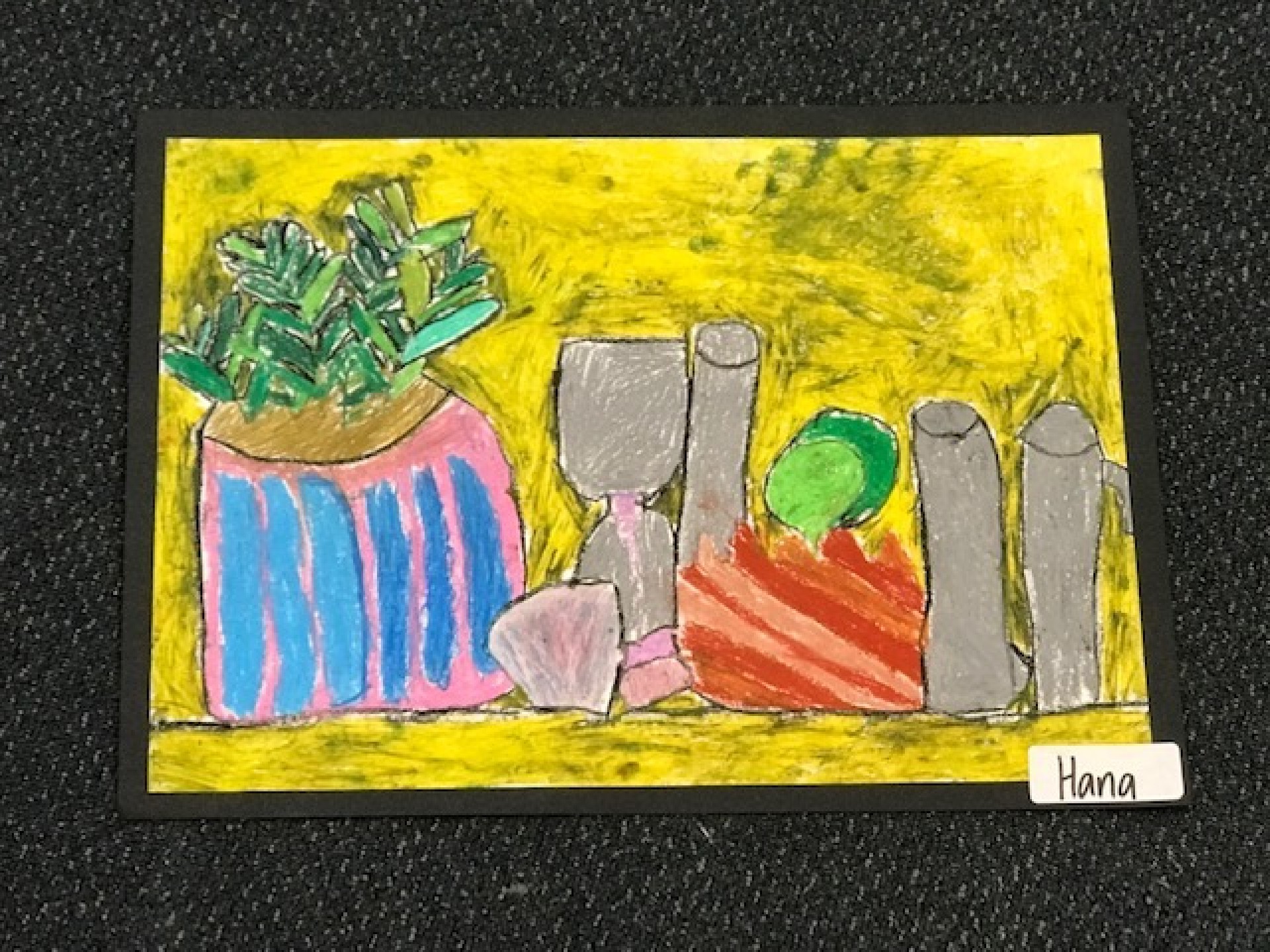
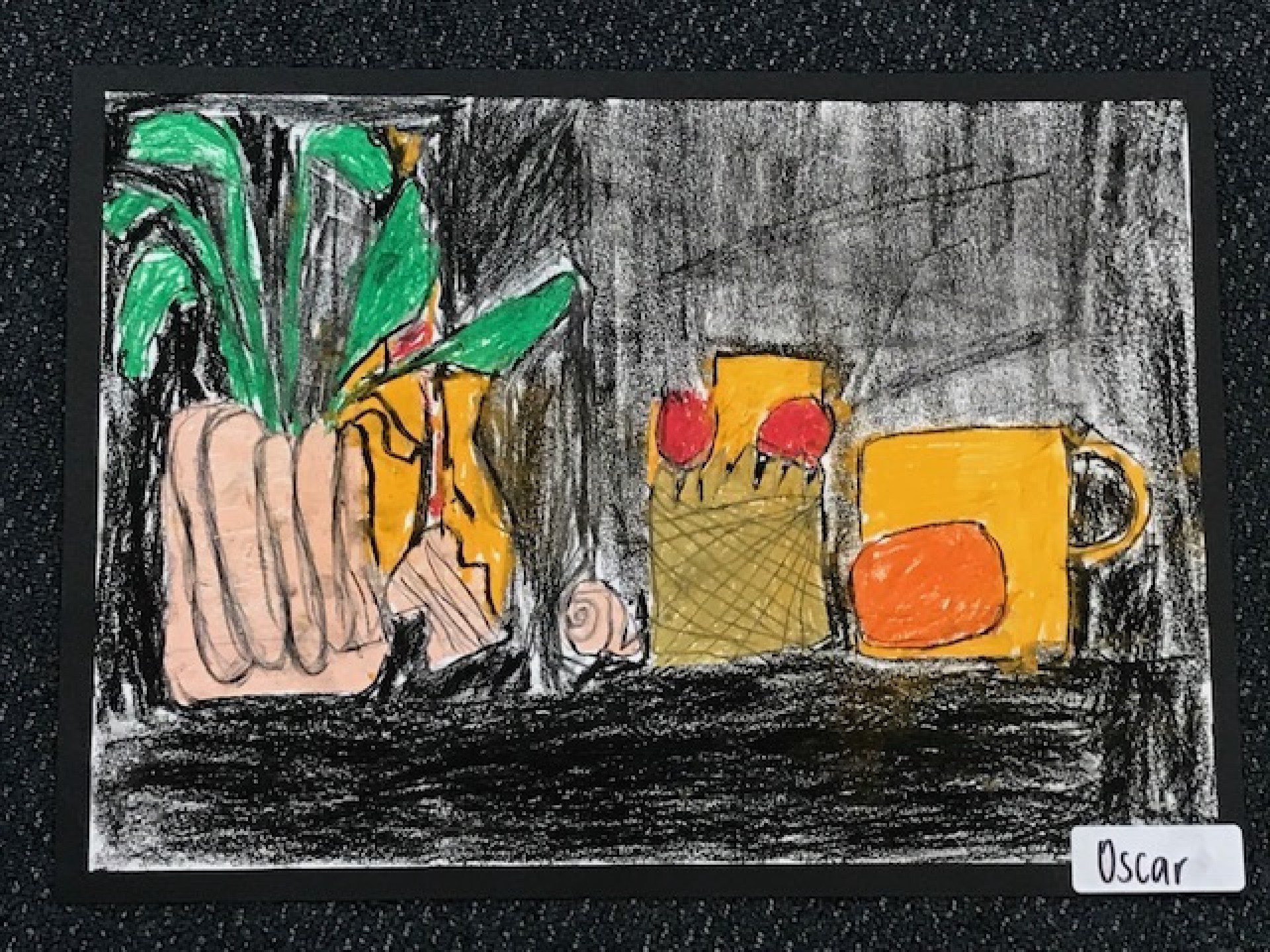
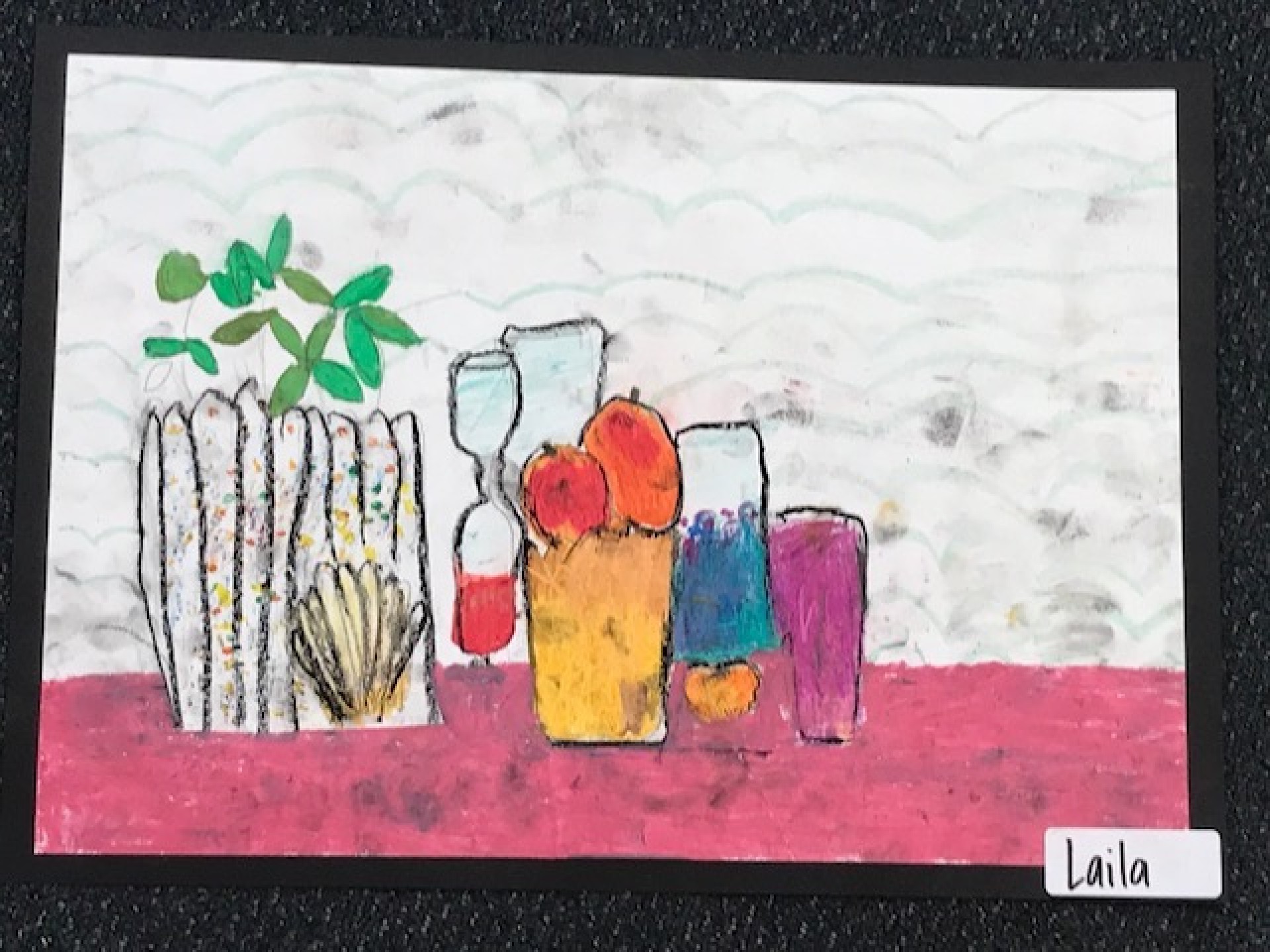
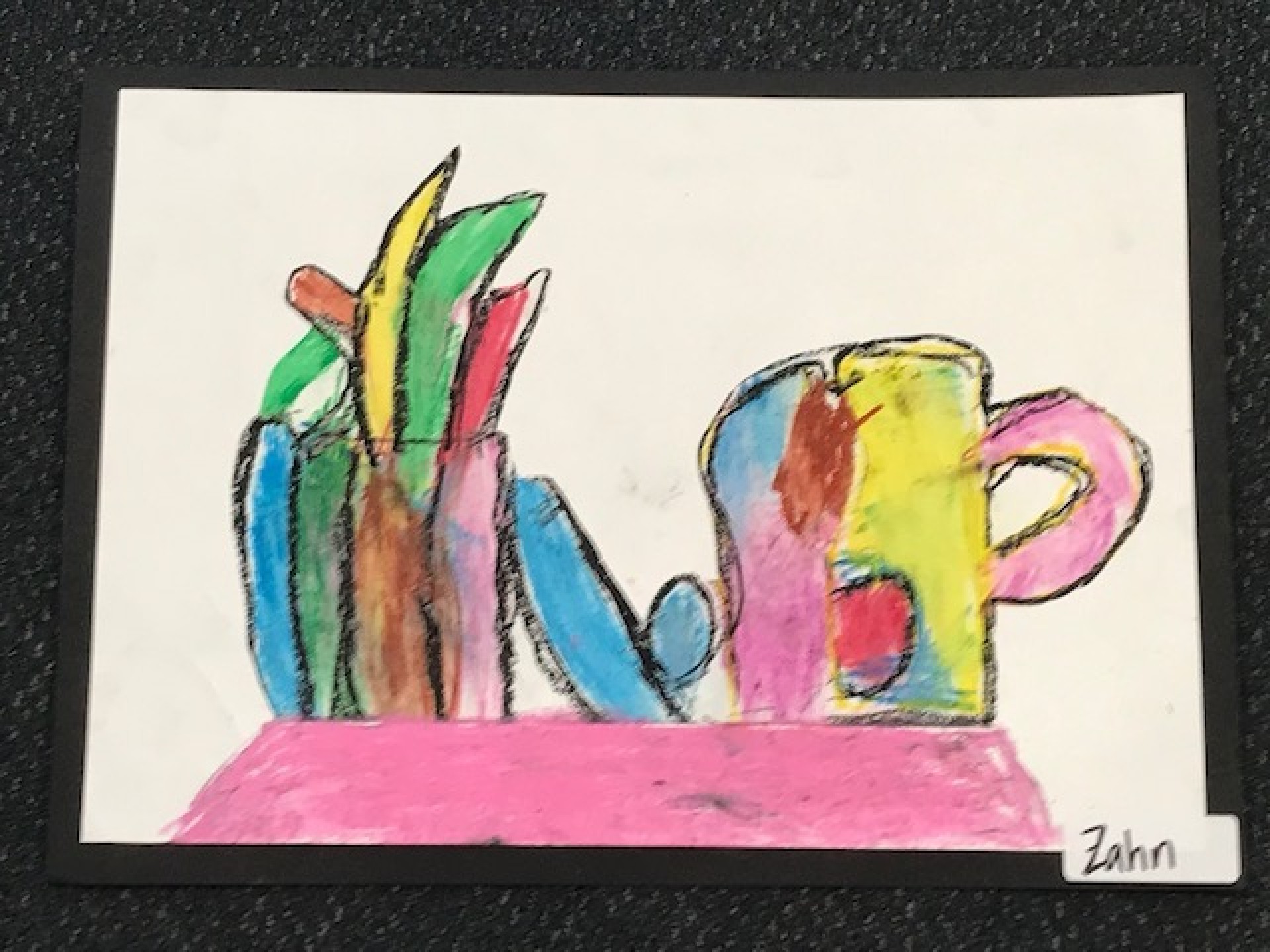

Comments are disabled for this post.